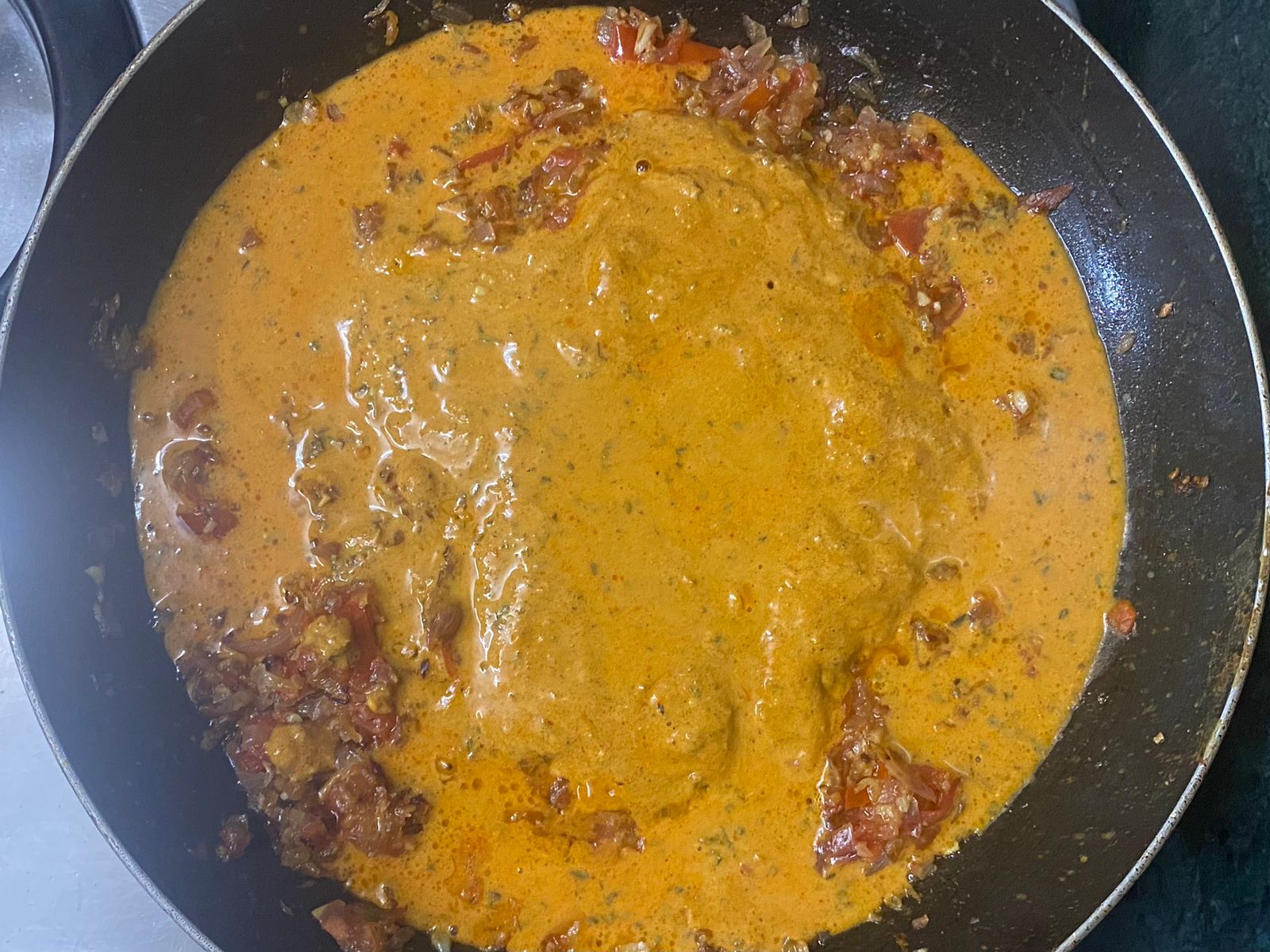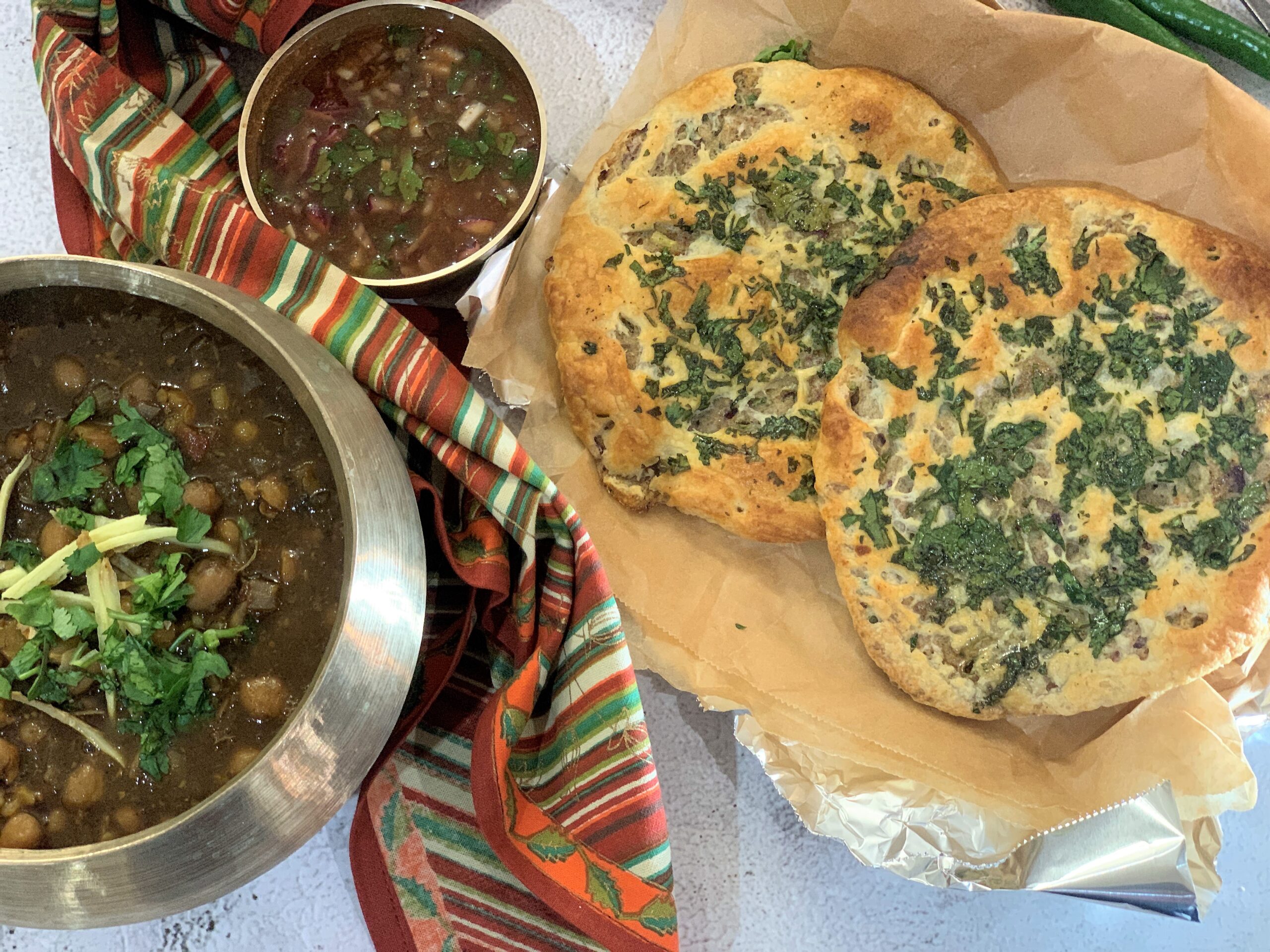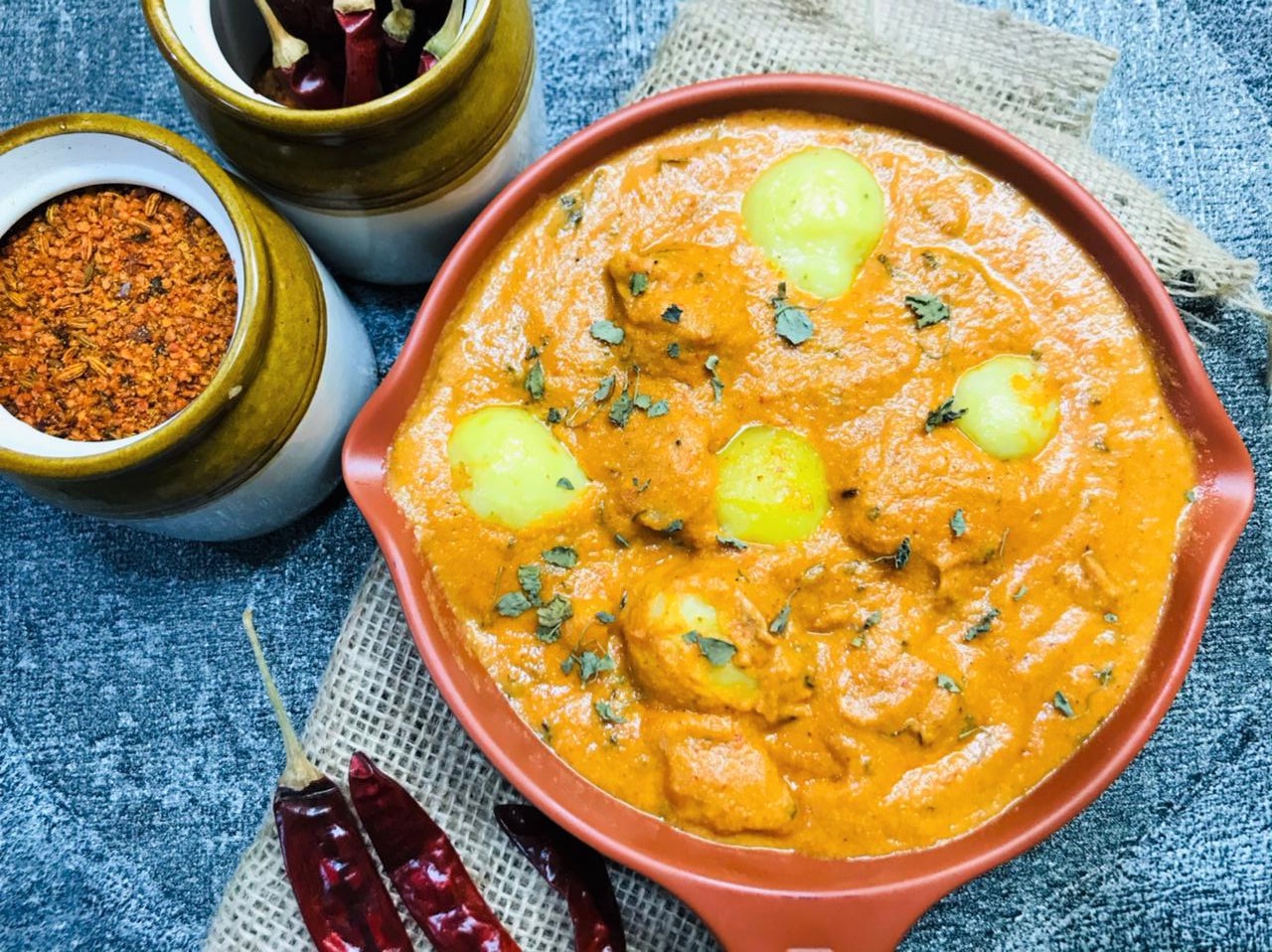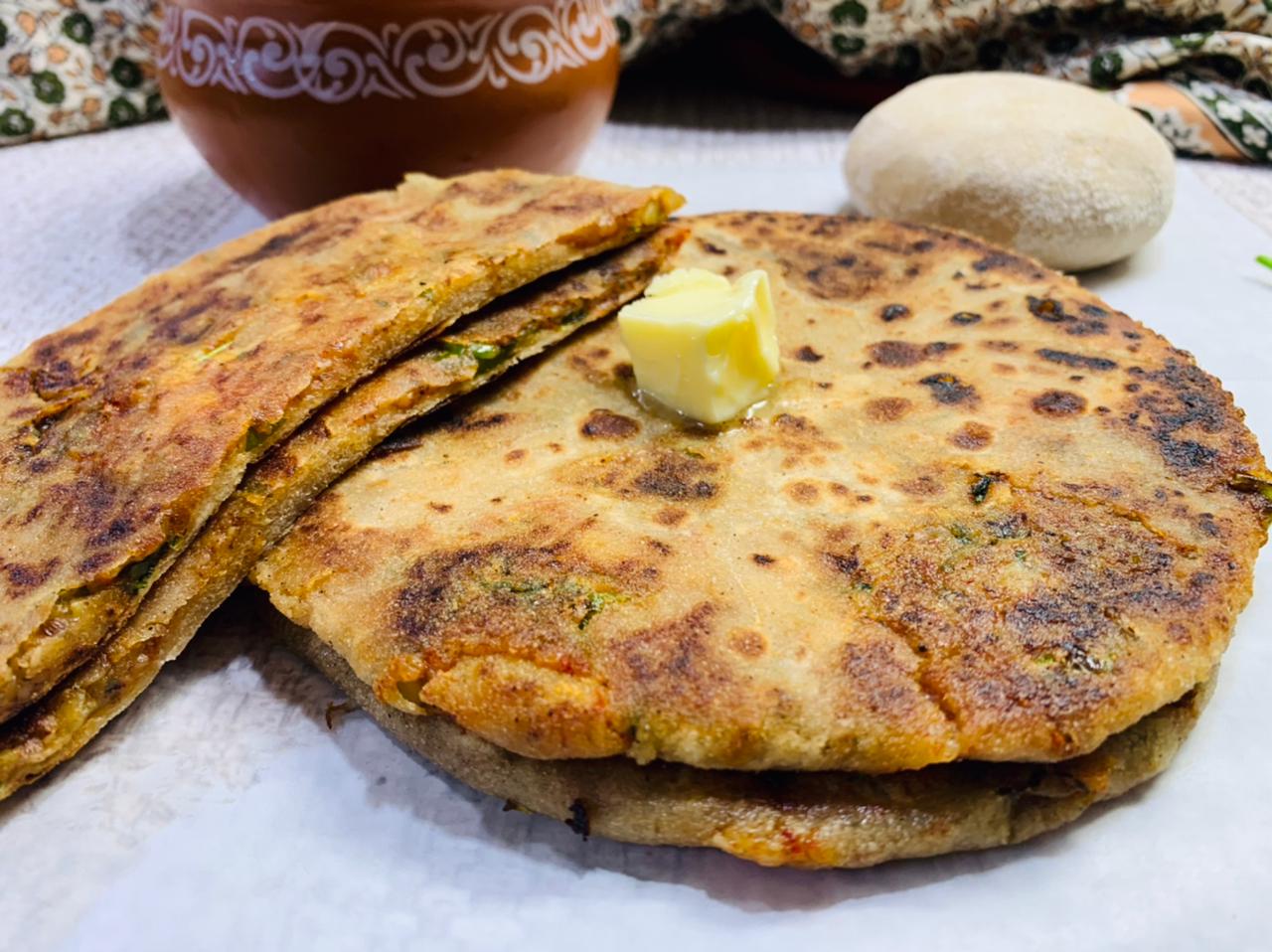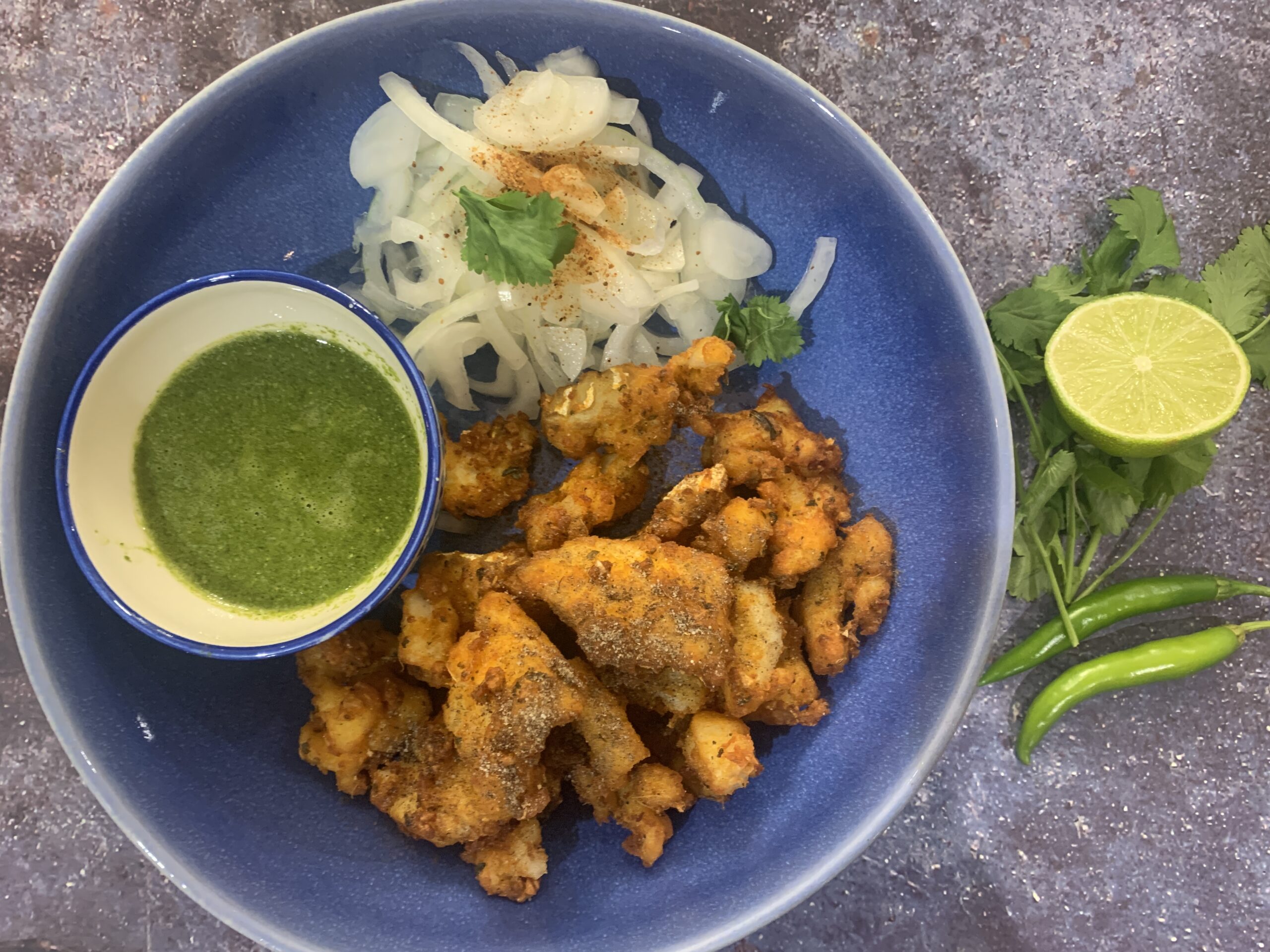Amritsari Paneer Bhurji
Amritsari Paneer Bhurji is a delightful scramble of paneer mixed with onions, tomatoes, and a medley of spices. This dish is a celebrated street food from the vibrant lanes of Amritsar, Punjab.
‘Bhurji’ means ‘scramble,’ and Paneer Bhurji offers a vegetarian twist to the classic Indian scrambled eggs. The Amritsari culinary style is famous for its bold flavours and rich ingredients. Amritsari Paneer Bhurji stands out for its complex layers of taste, its creamy texture, and a distinctive smoky aroma.
Traditionally, this luscious, scrambled paneer is paired with bread or Kulcha, accompanied by an onion salad and green chutney. In this particular recipe, besan is used as a thickener, contributing to the dish’s texture and also smokiness. Additionally, yogurt and lime juice are added to introduce a zesty flair. This recipe achieves its depth of flavour through the use of three distinct spices. While my version may not be entirely authentic, it closely resembles the Amritsari paneer bhurji found on Amritsar’s streets.
Paneer is a nutritious ingredient, rich in protein and calcium. For those seeking a high-protein, vegetarian, and gluten-free option, this spicy Indian scrambled paneer is an excellent choice.
It serves as an ideal accompaniment to your hectic weekday dinners or leisurely weekend brunches. Whether you’re an ardent paneer enthusiast or not quite convinced, give this recipe a try; it just might win your heart.
Other recipes you might like to try are
Ingredients
4 tablespoons gram flour
1 teaspoon turmeric powder
1 teaspoon pav bhaji masala
1 teaspoon chana masala
1 teaspoon sambhar masala
1 teaspoon cumin powder
1 teaspoon garam masala
1 teaspoon black pepper
2 teaspoons chaat powder
1 teaspoon kasuri methi
¼ cup yoghurt
2 teaspoons mustard oil
2 teaspoons red chilli powder
2 teaspoons lemon juice
For the Bhurji
2 tablespoons butter
1 teaspoon oil
2 teaspoons finely chopped ginger
2 teaspoons finely chopped green chillies
2 teaspoons finely chopped garlic
1 cup finely chopped onions
2 cup finely chopped tomatoes
Salt to taste
1 big, sliced tomato
500 grams grated paneer
2 tablespoons finely chopped coriander leaves
Directions
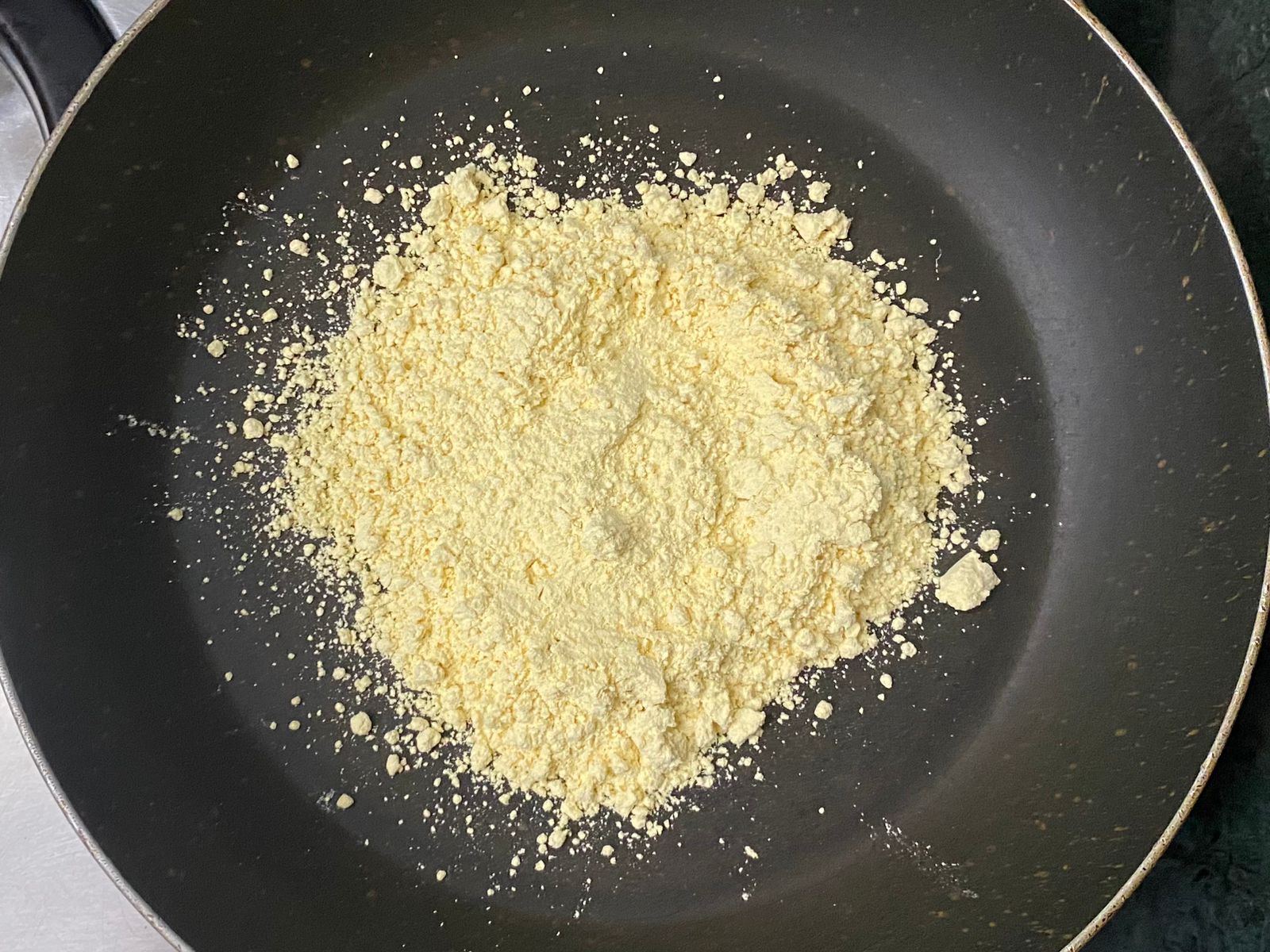
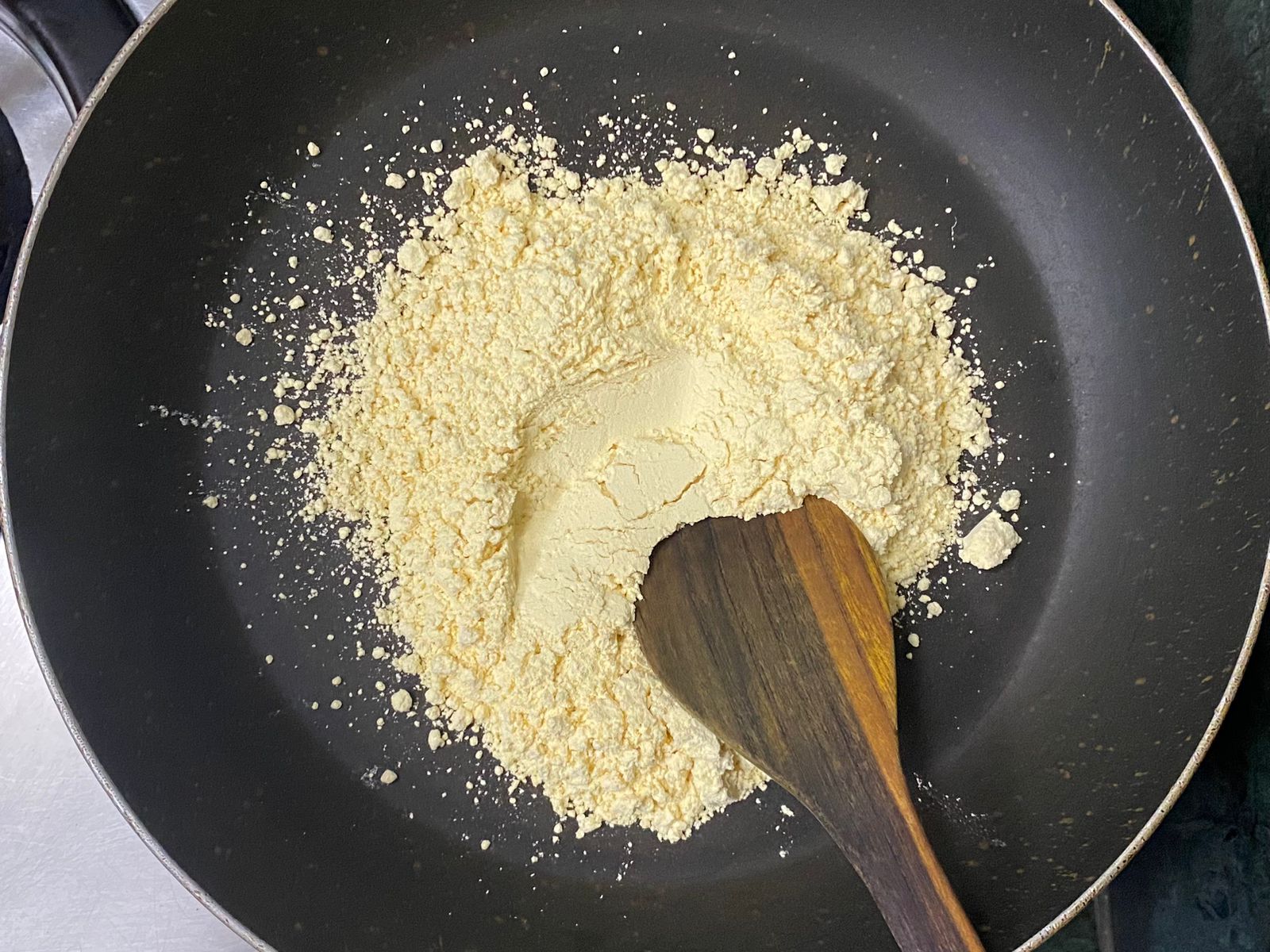
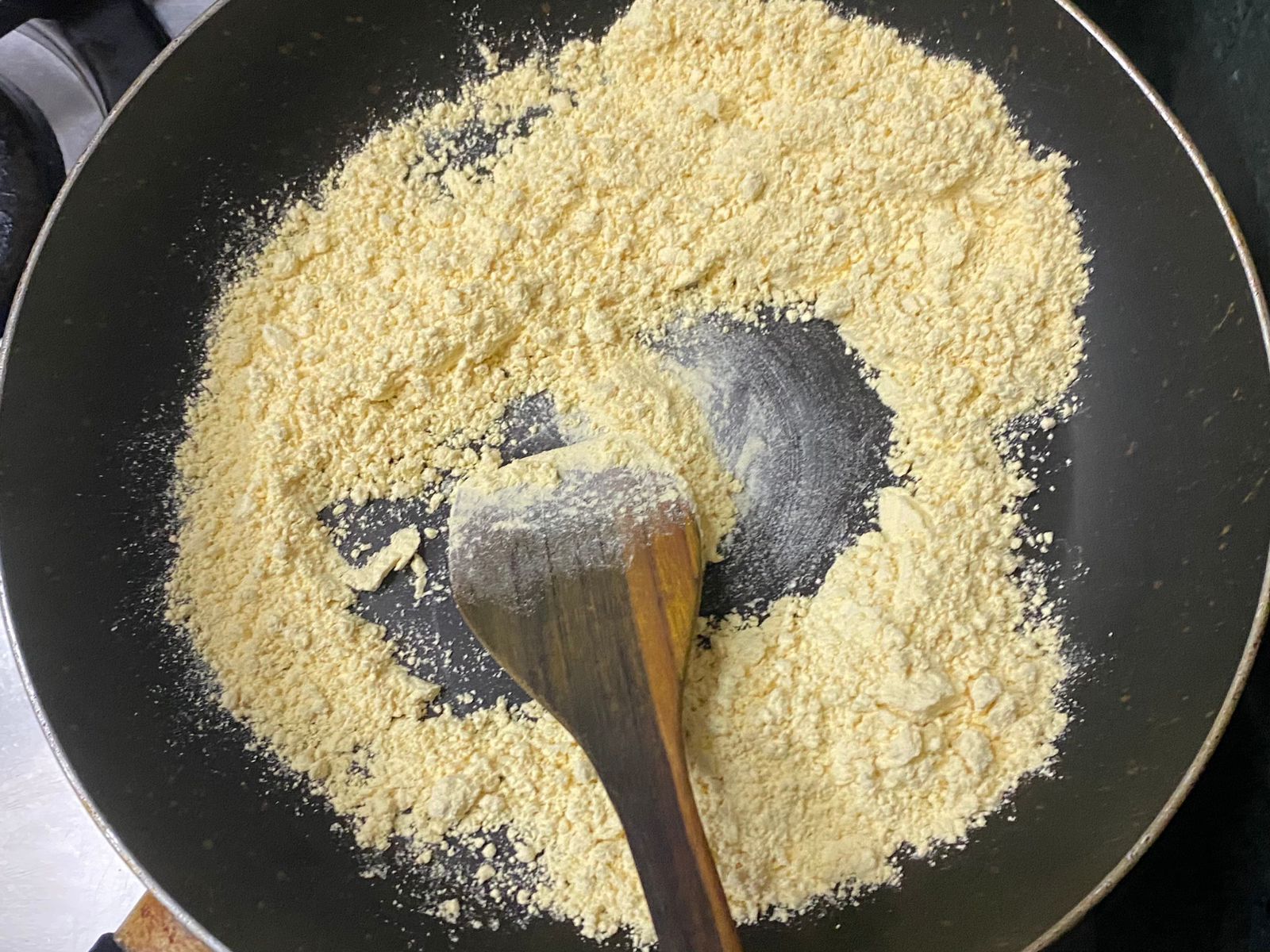
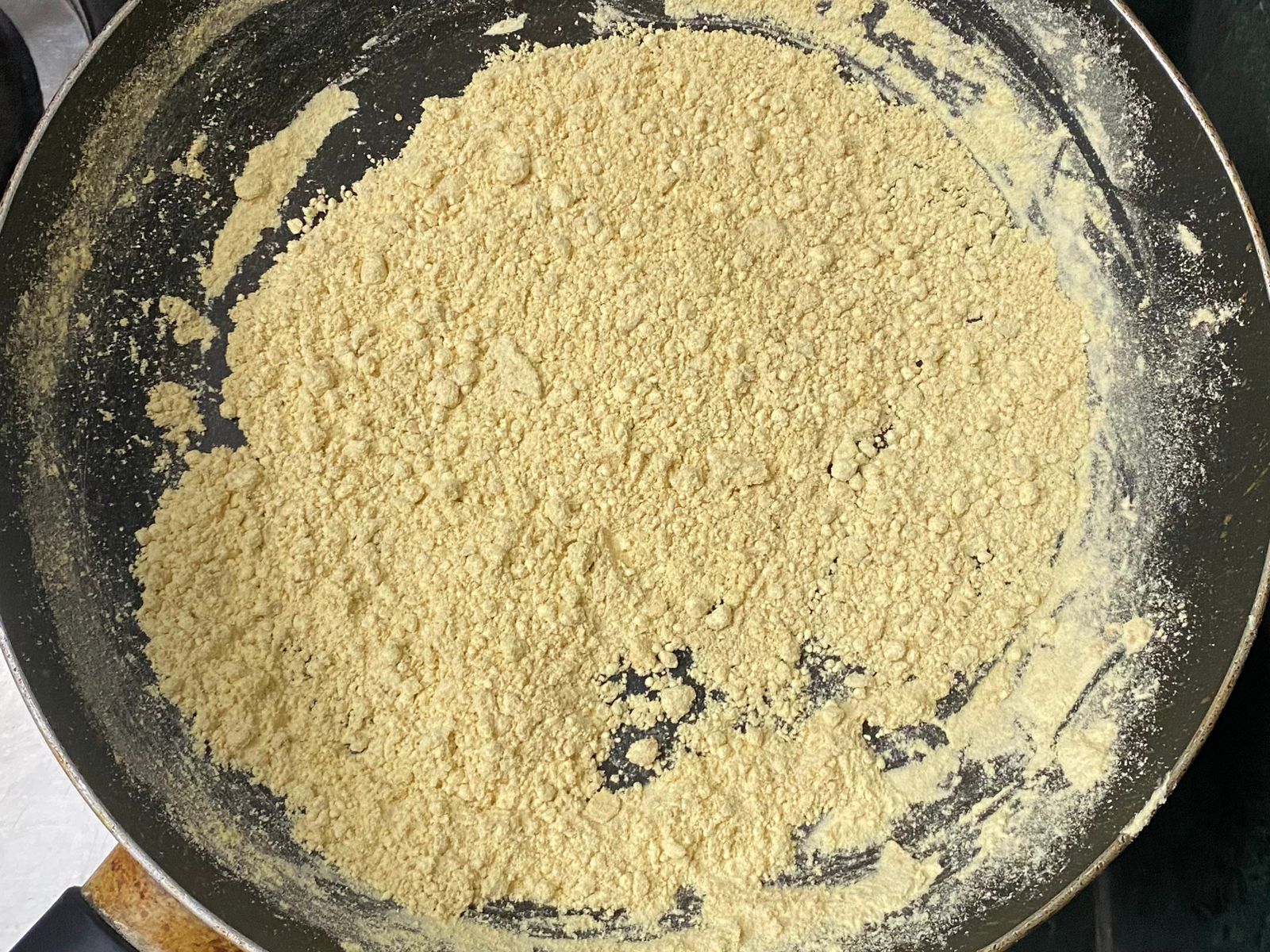
Roast the gram flour on low heat for about 6-7 minutes or until golden. Turn off the heat and keep it aside.
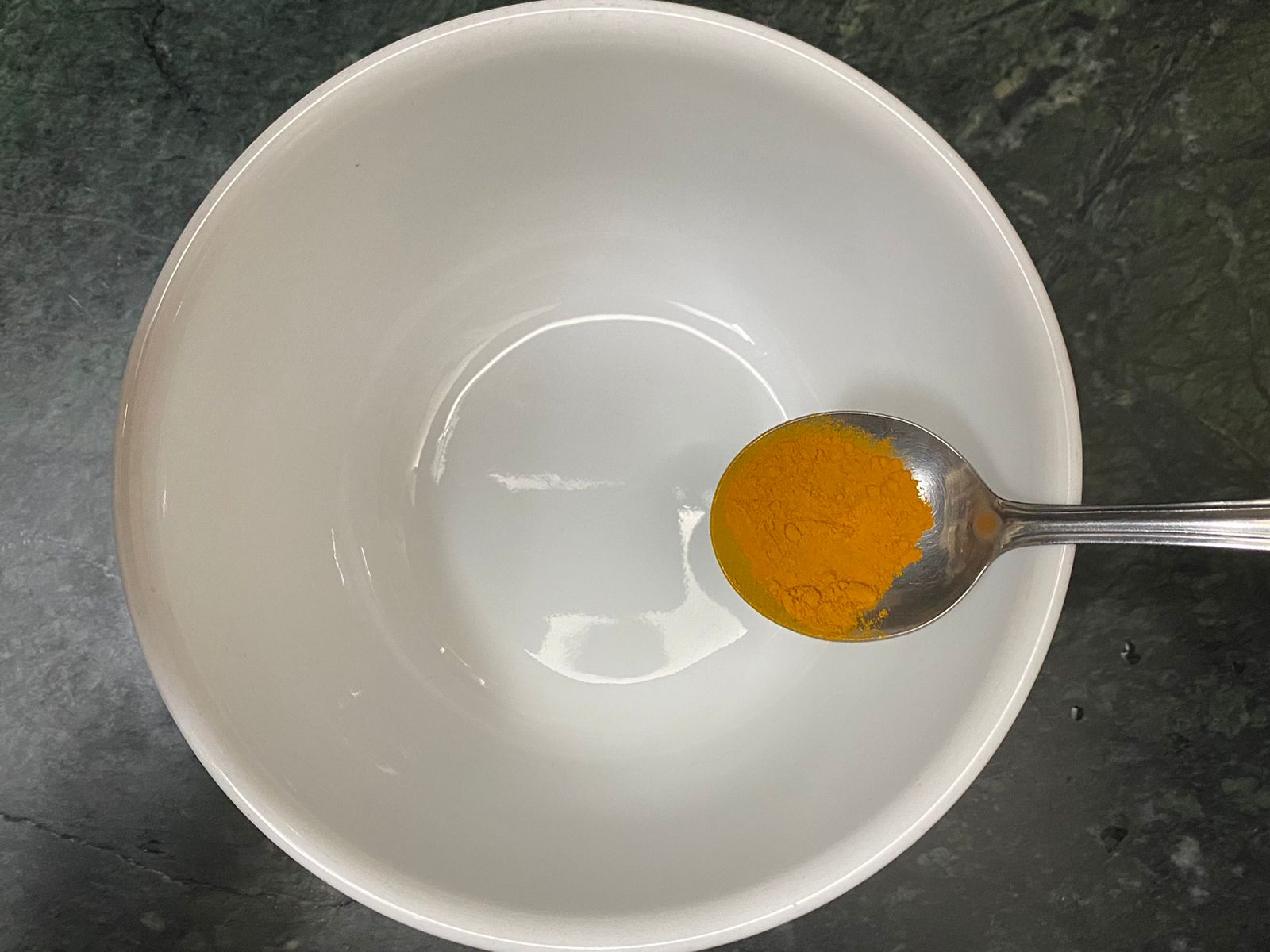
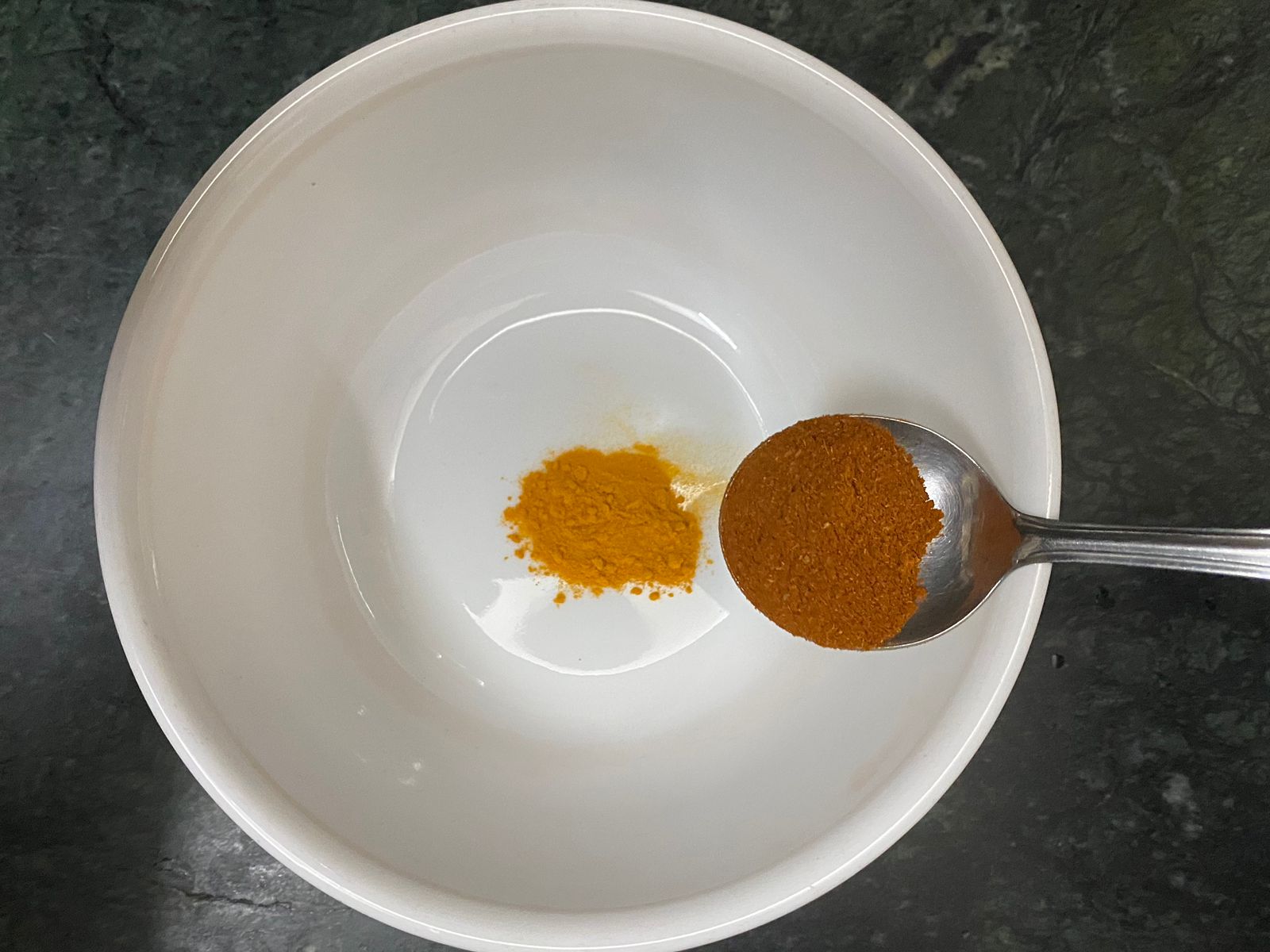
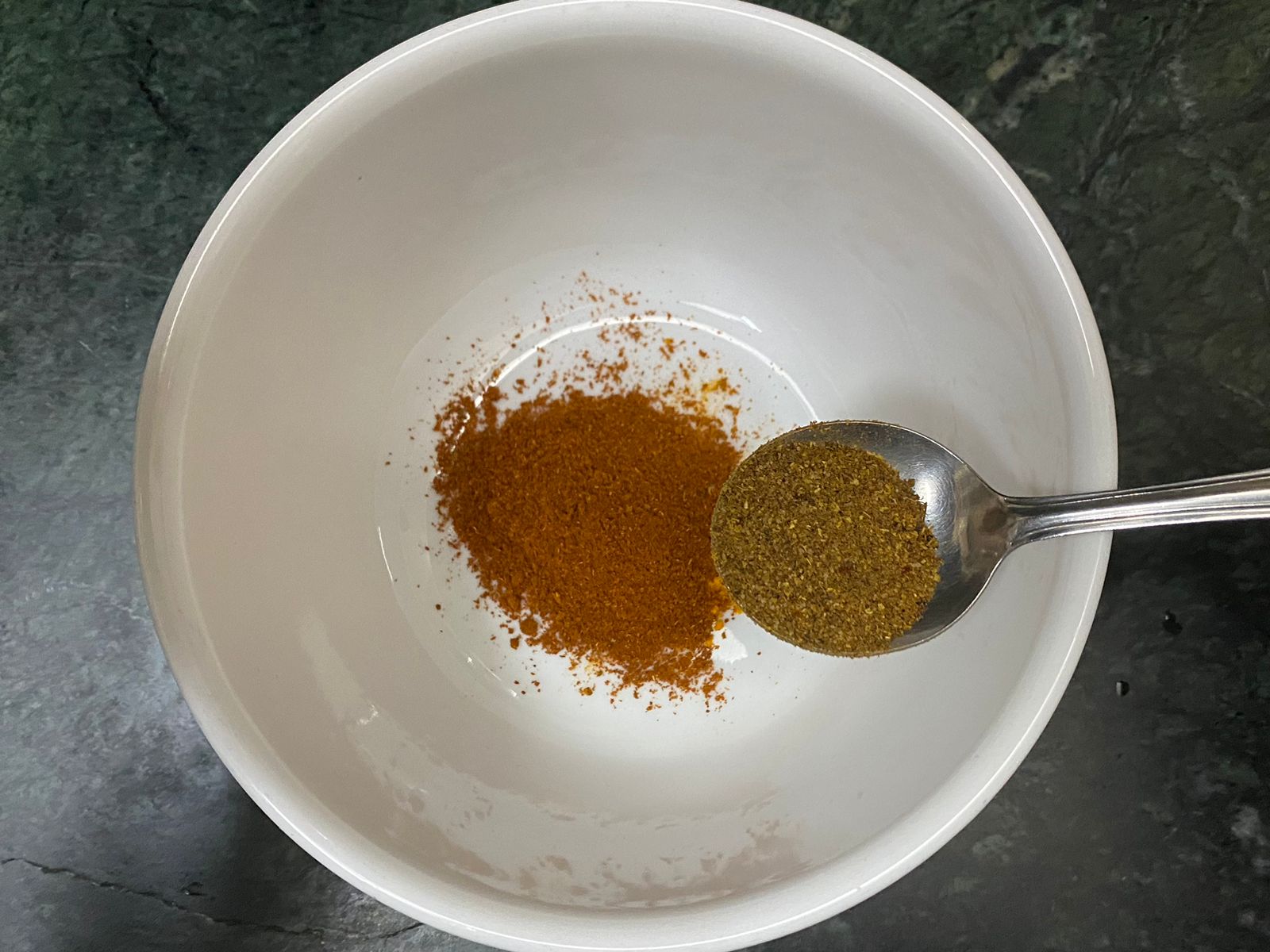
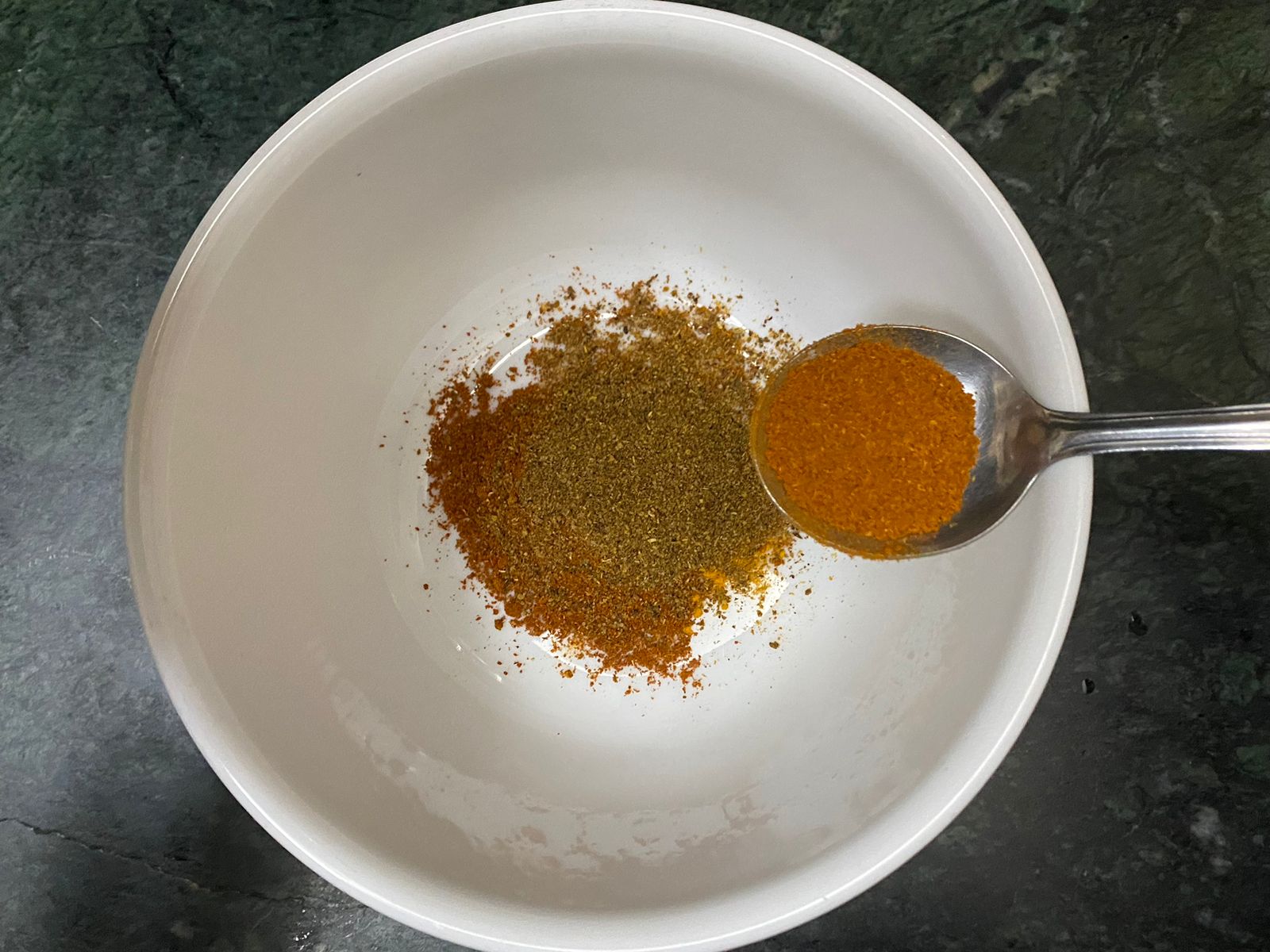
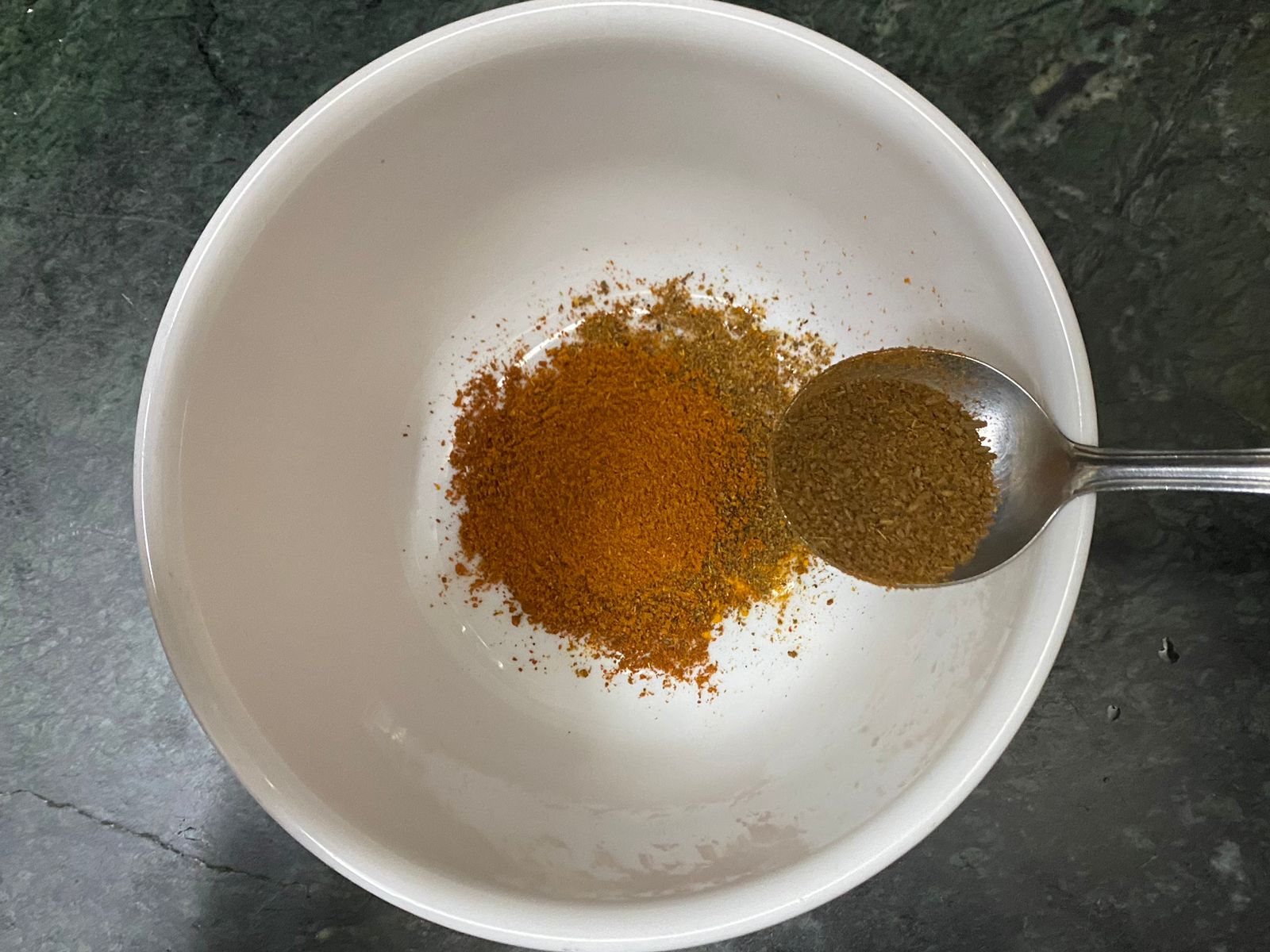
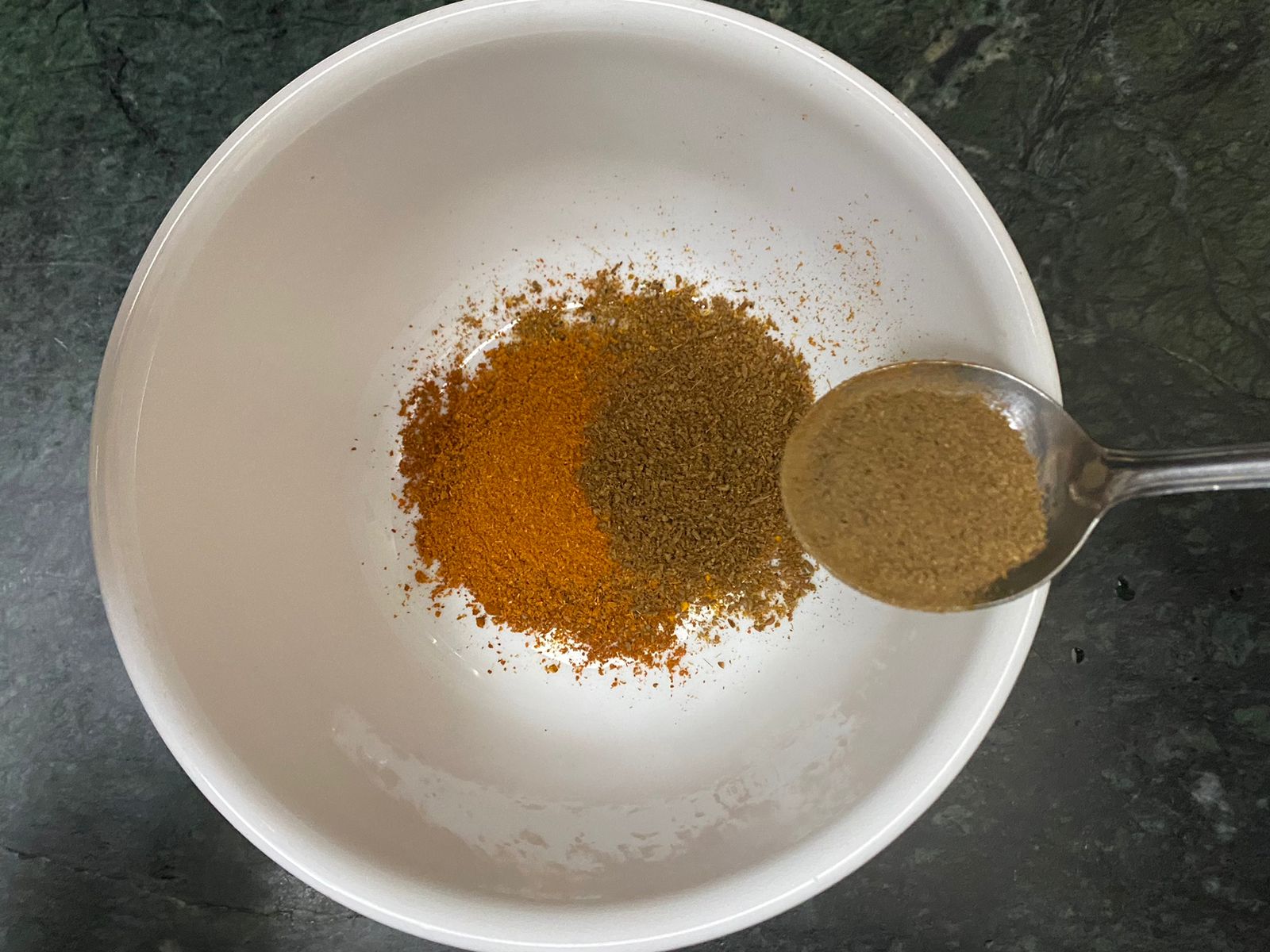
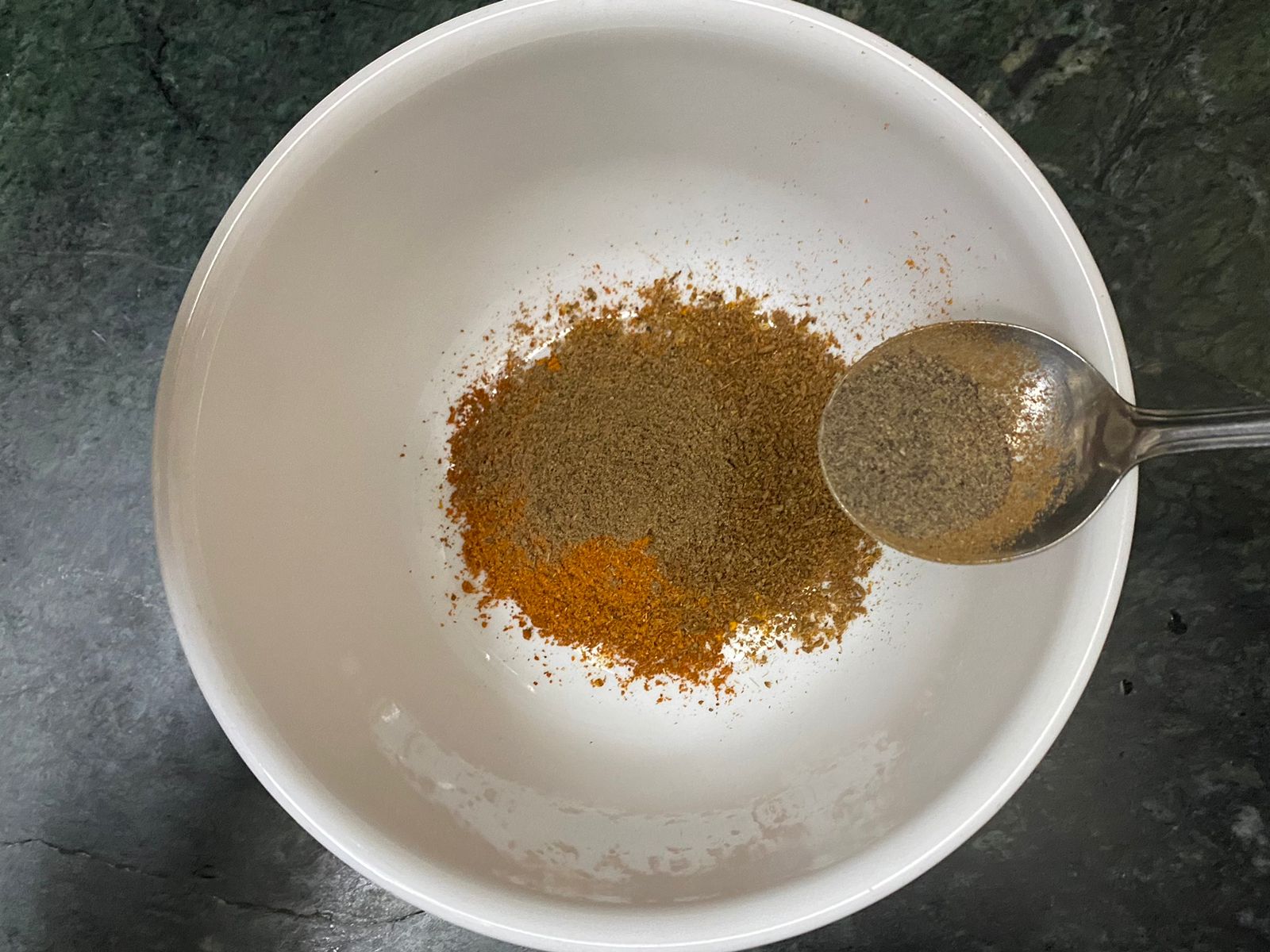
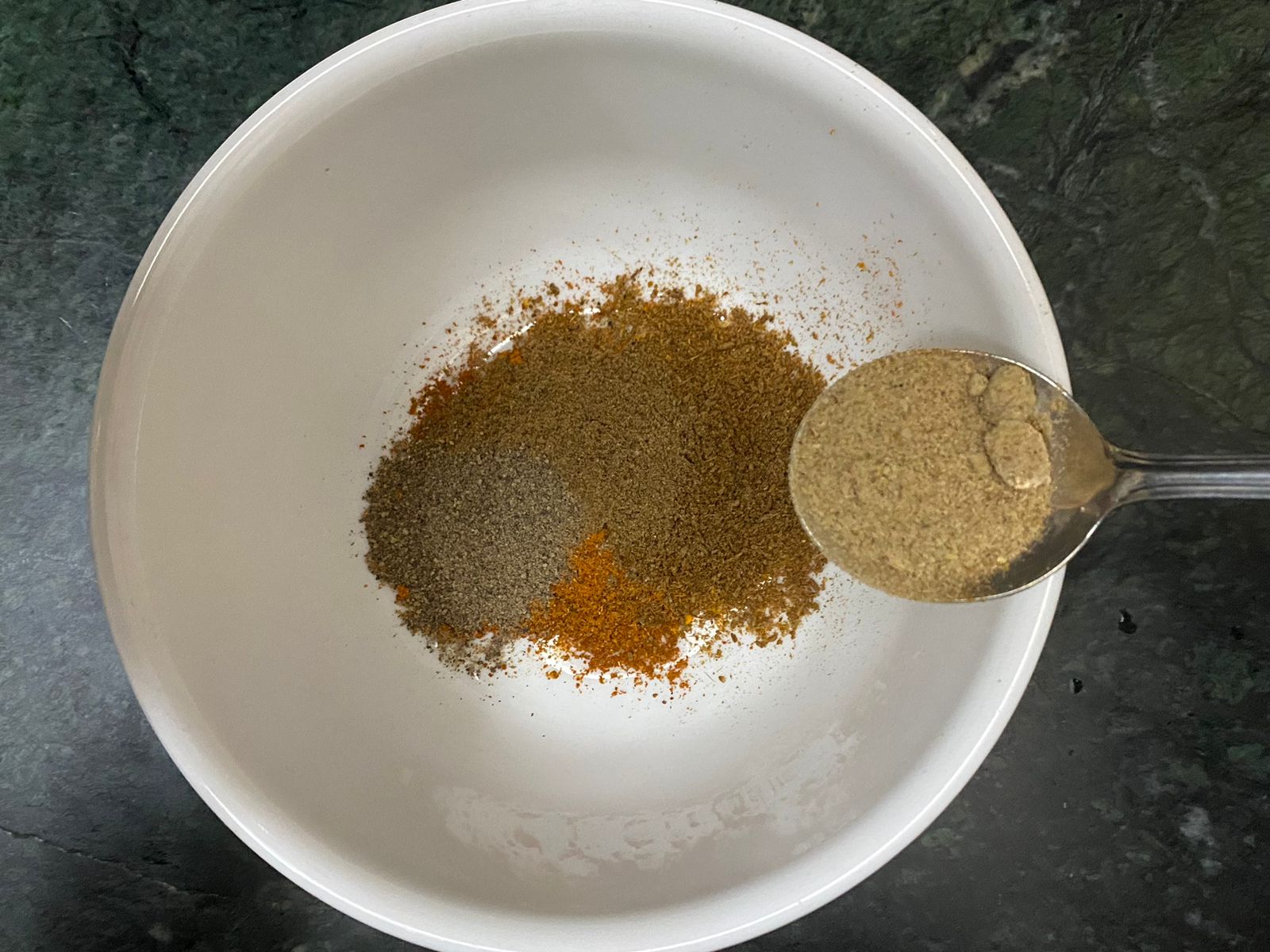
In a bowl, add turmeric powder, pav bhaji masala, chana masala, sambhar masala, cumin powder, chaat masala, black pepper and coriander powder.
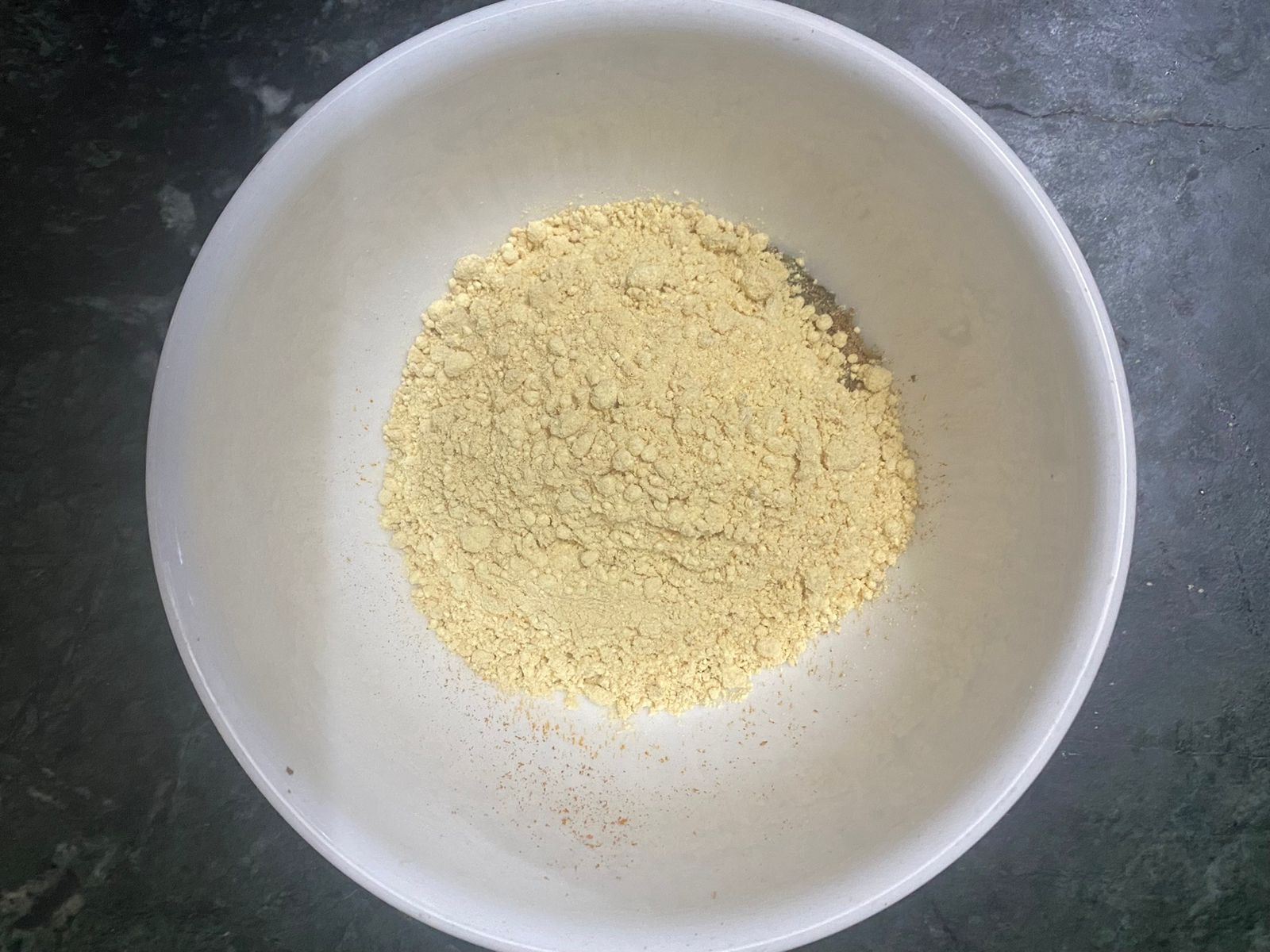
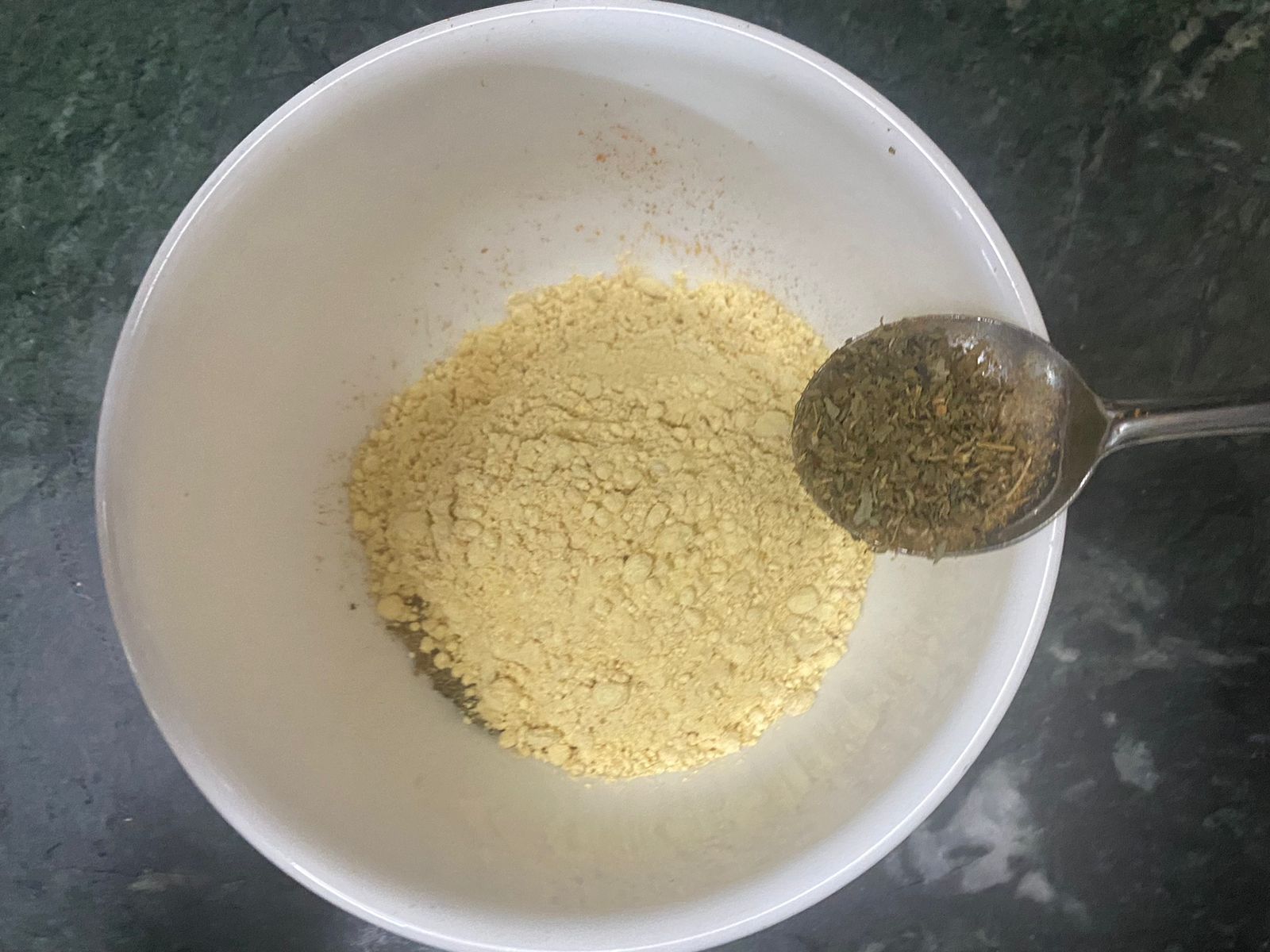
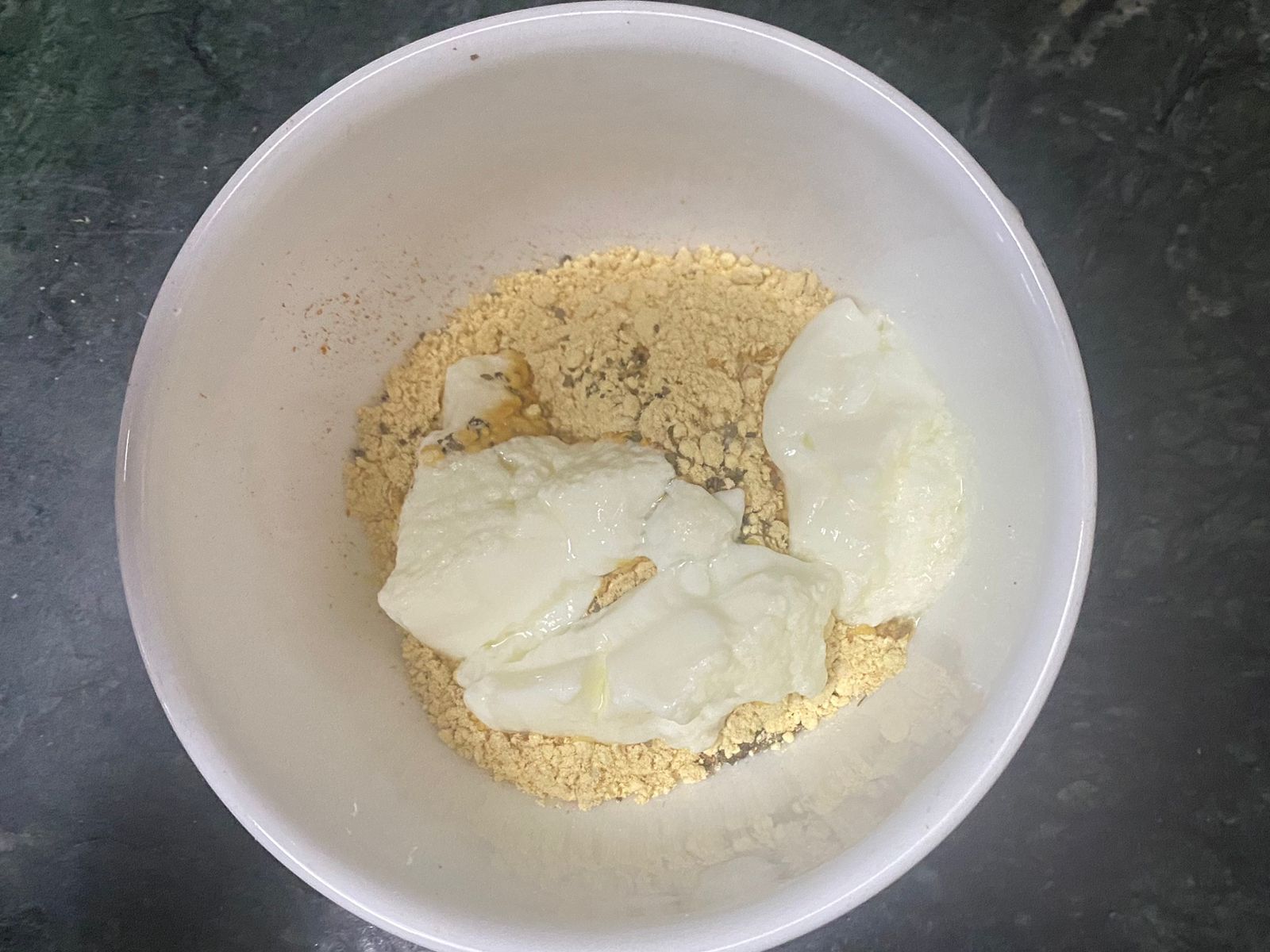
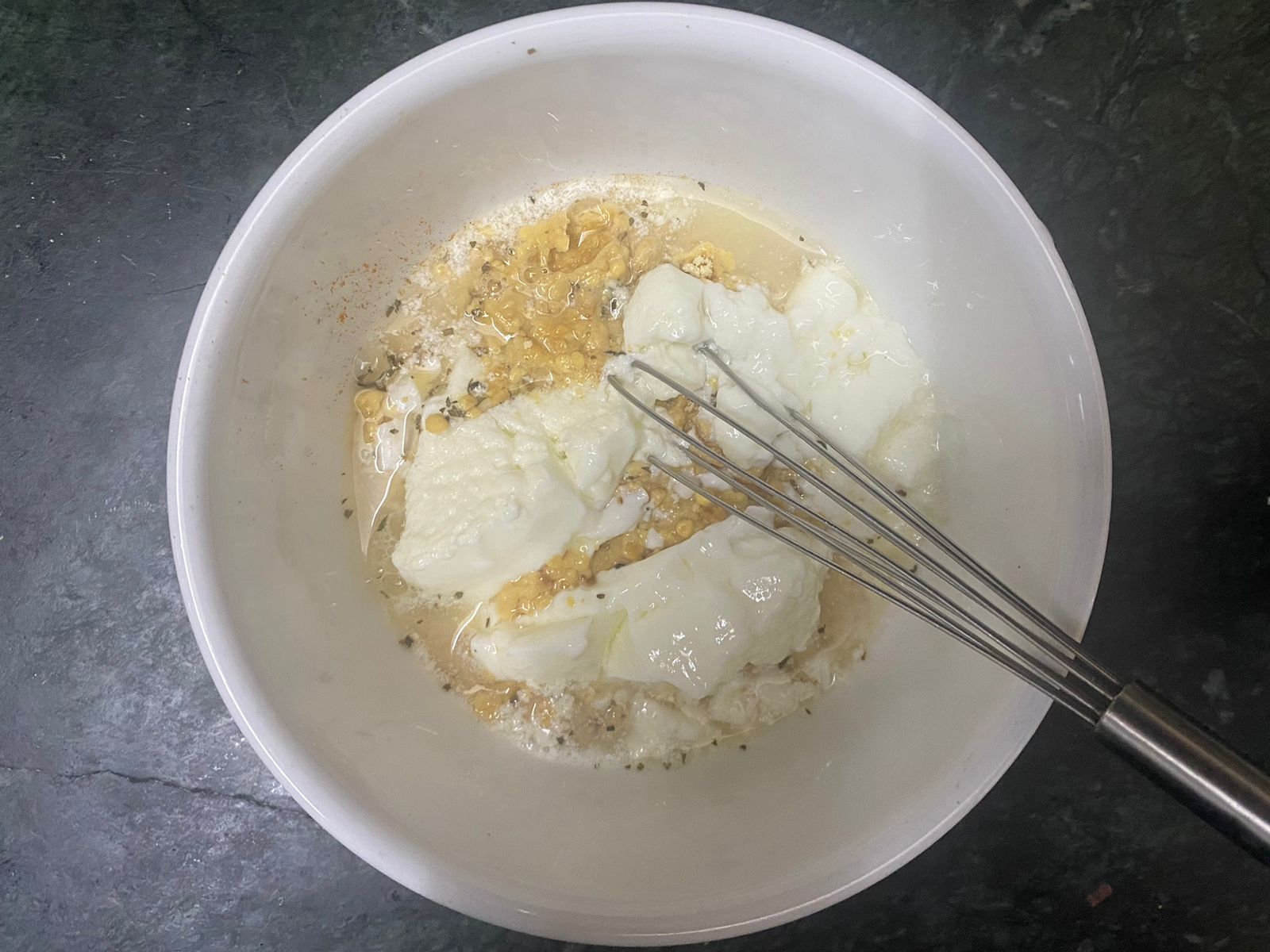
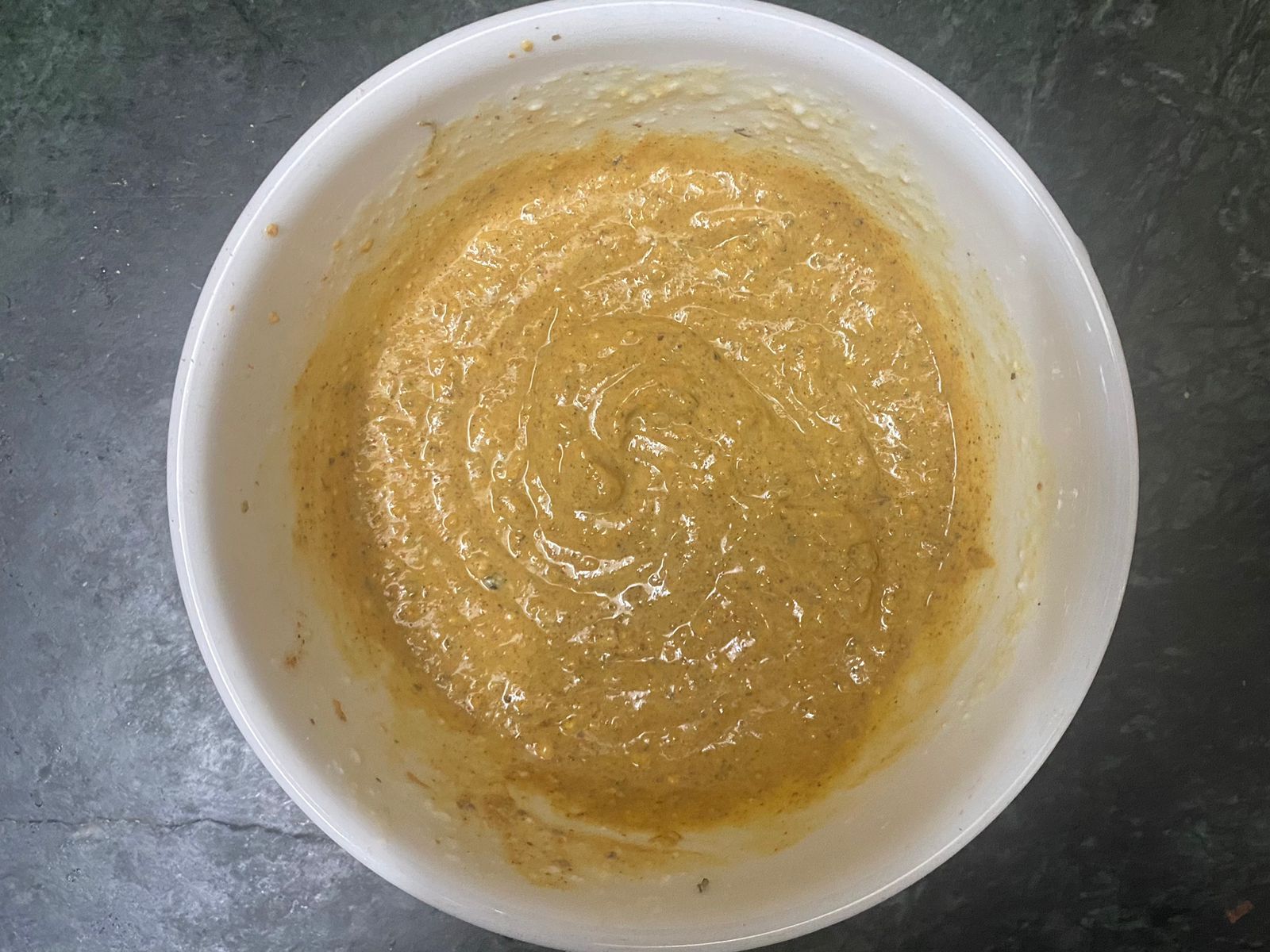
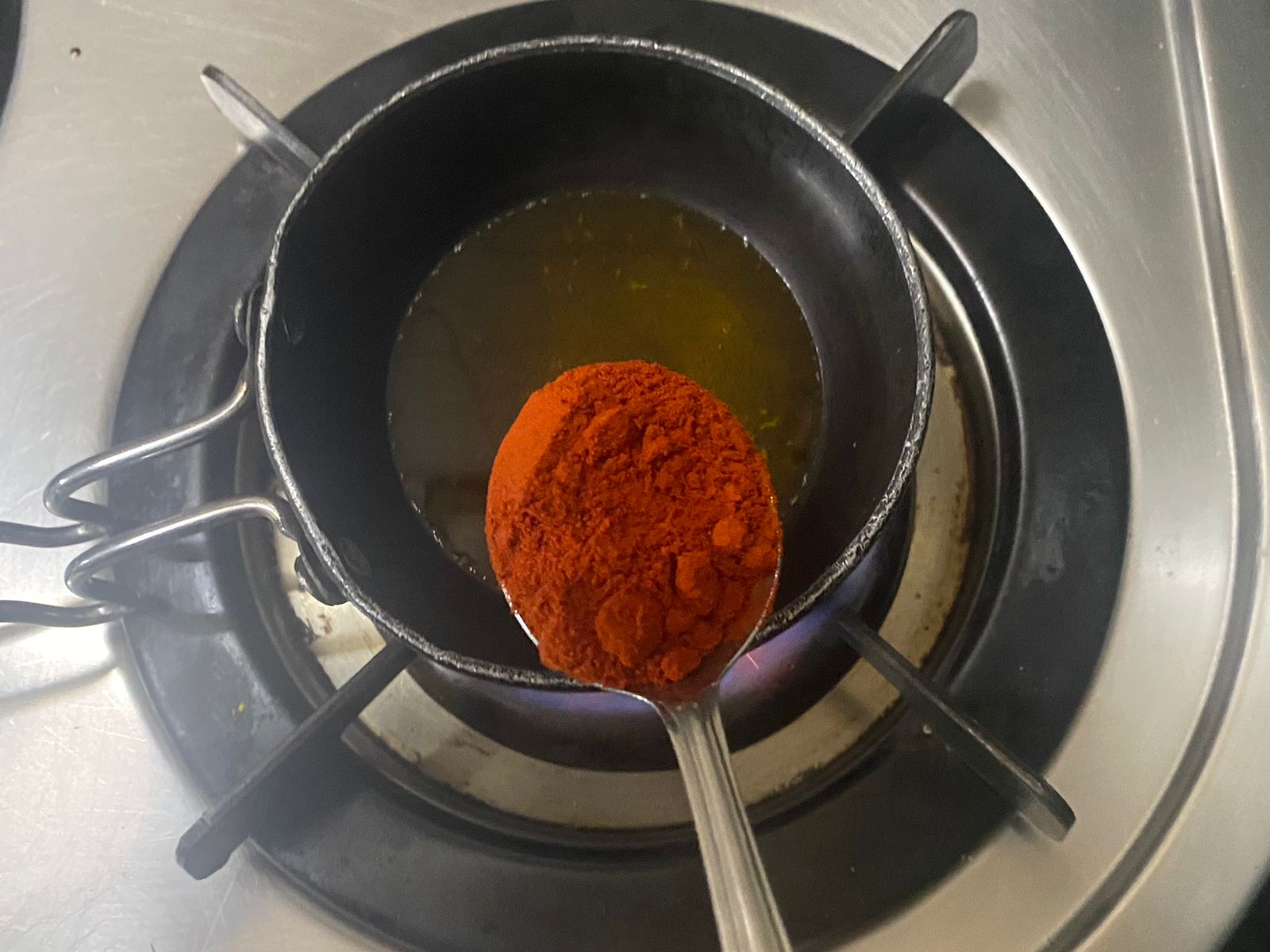
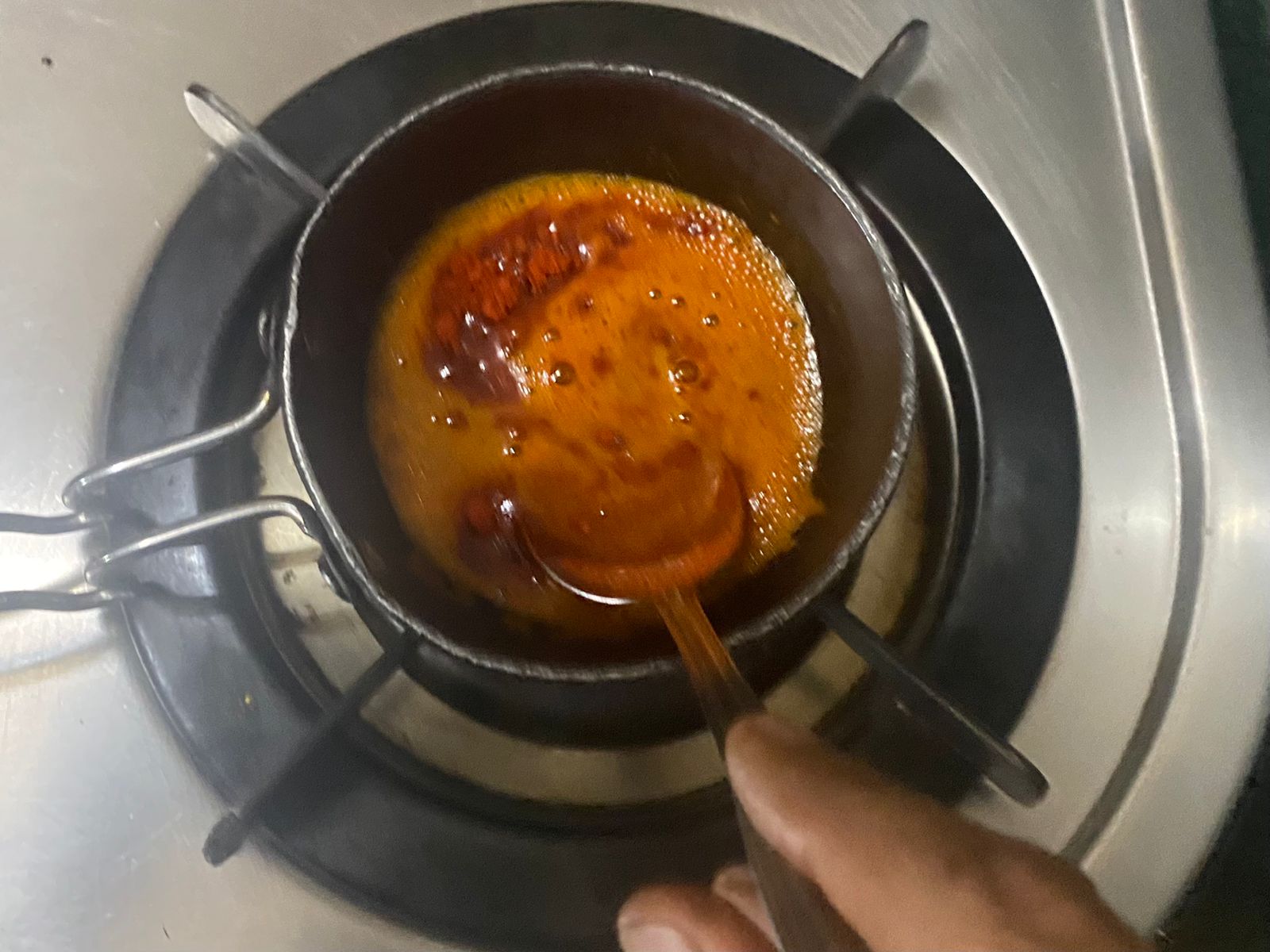
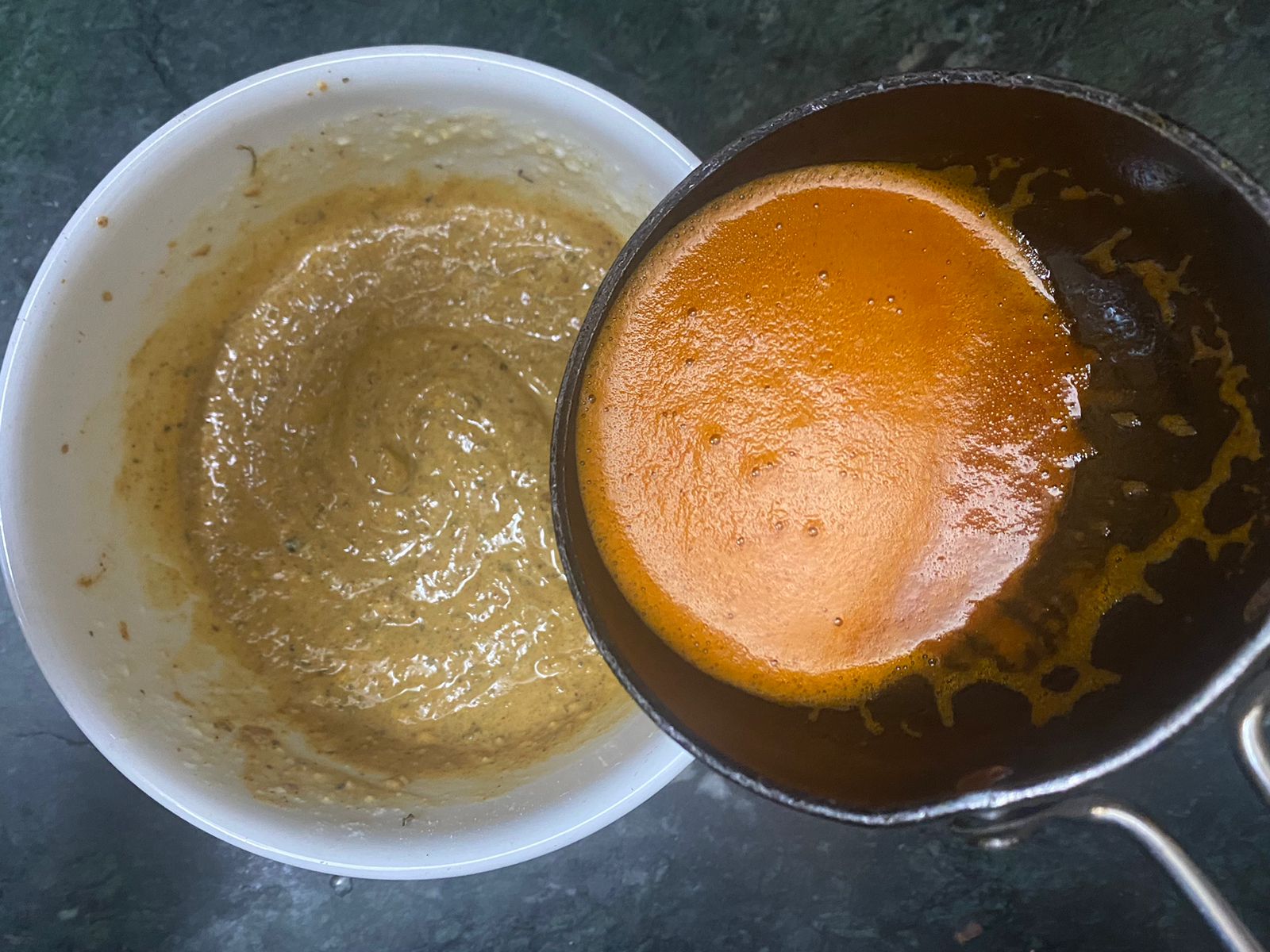
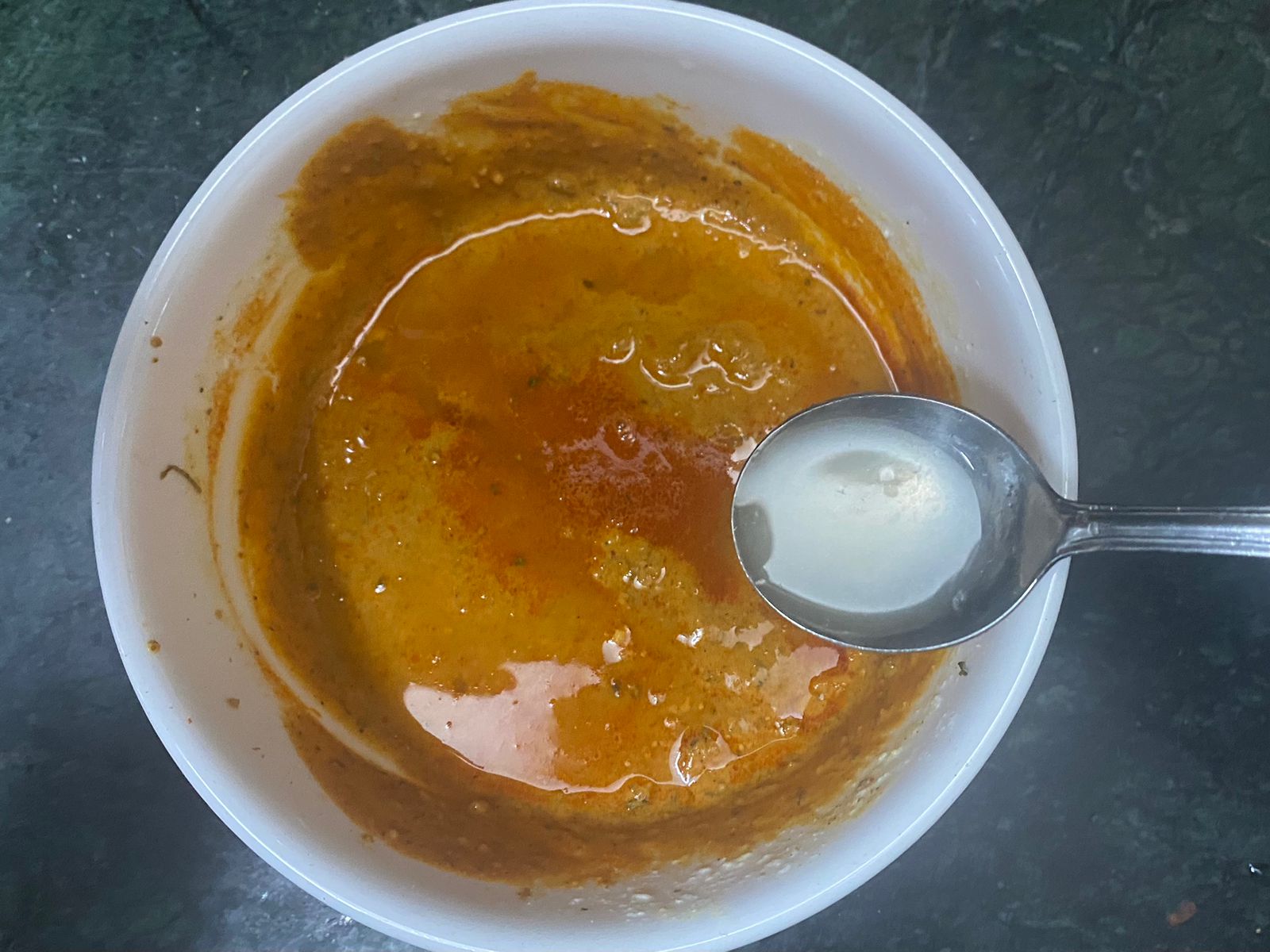
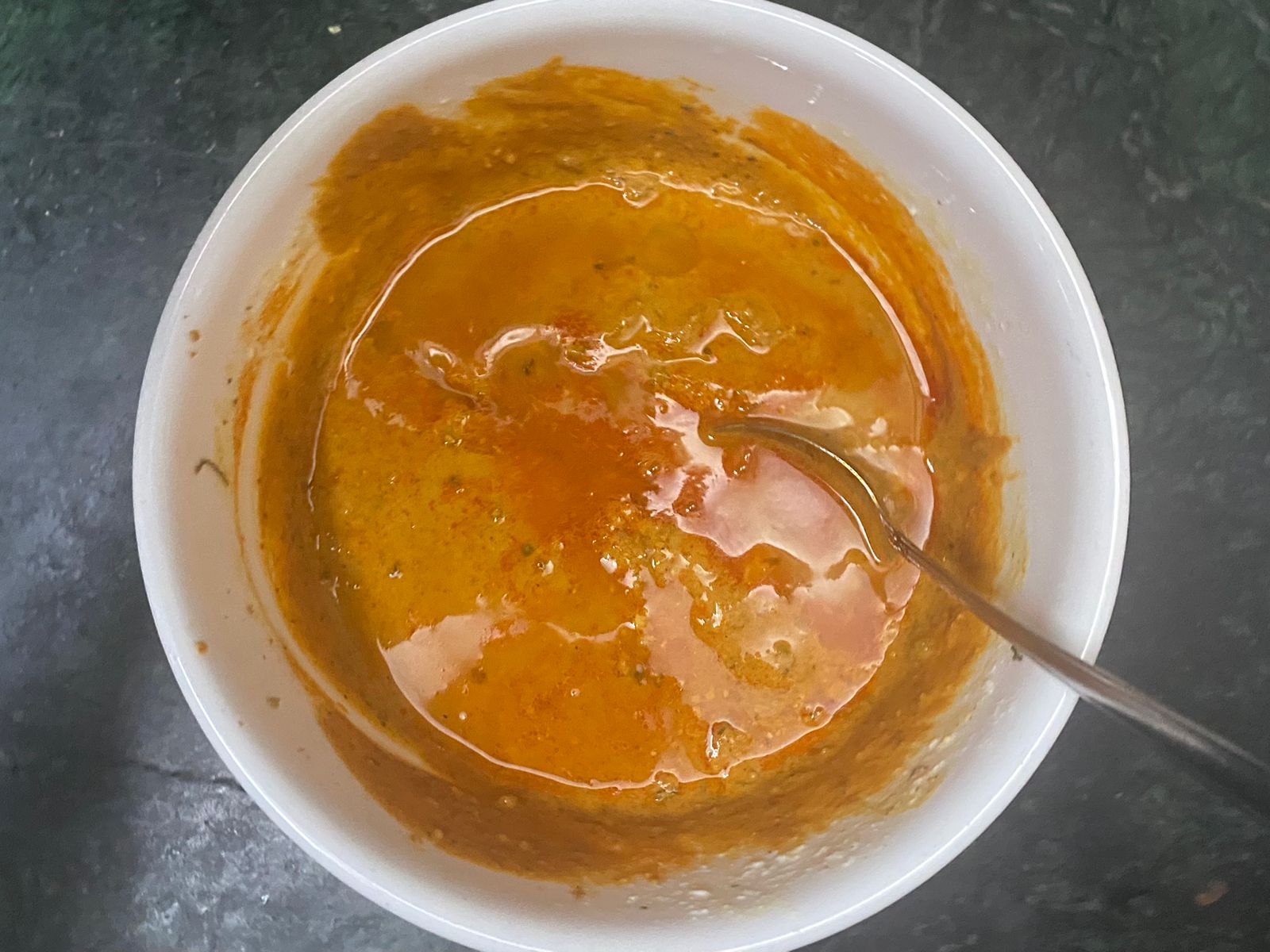
Next, add the roasted gram flour, kasuri methi, yoghurt, and ½ cup of water. Whisk it to form a lump-free smooth consistency.
In a pan, heat mustard oil and add red chilli powder. Turn off the heat and add it to the gram flour masala.
Add lemon juice and mix.
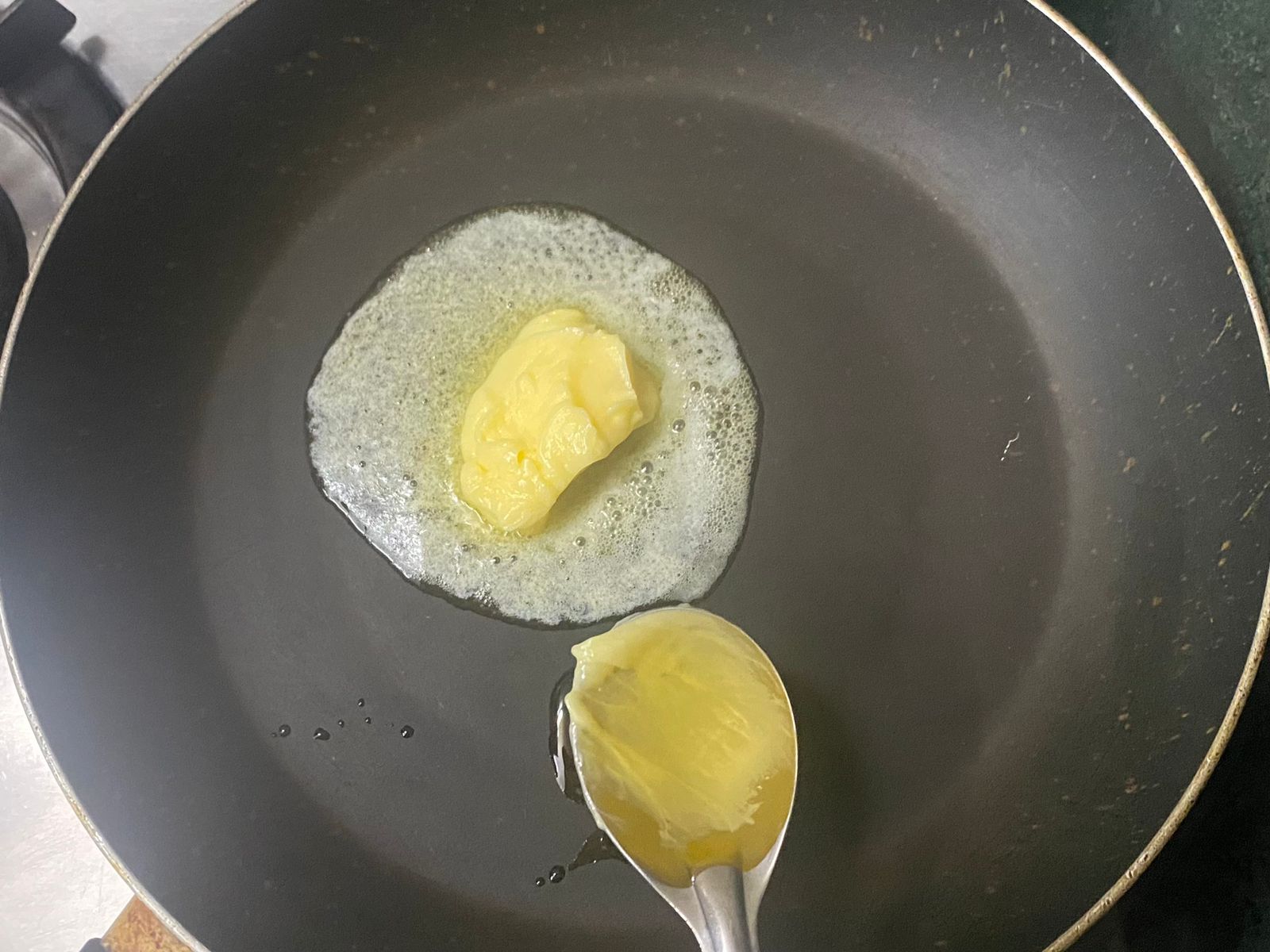
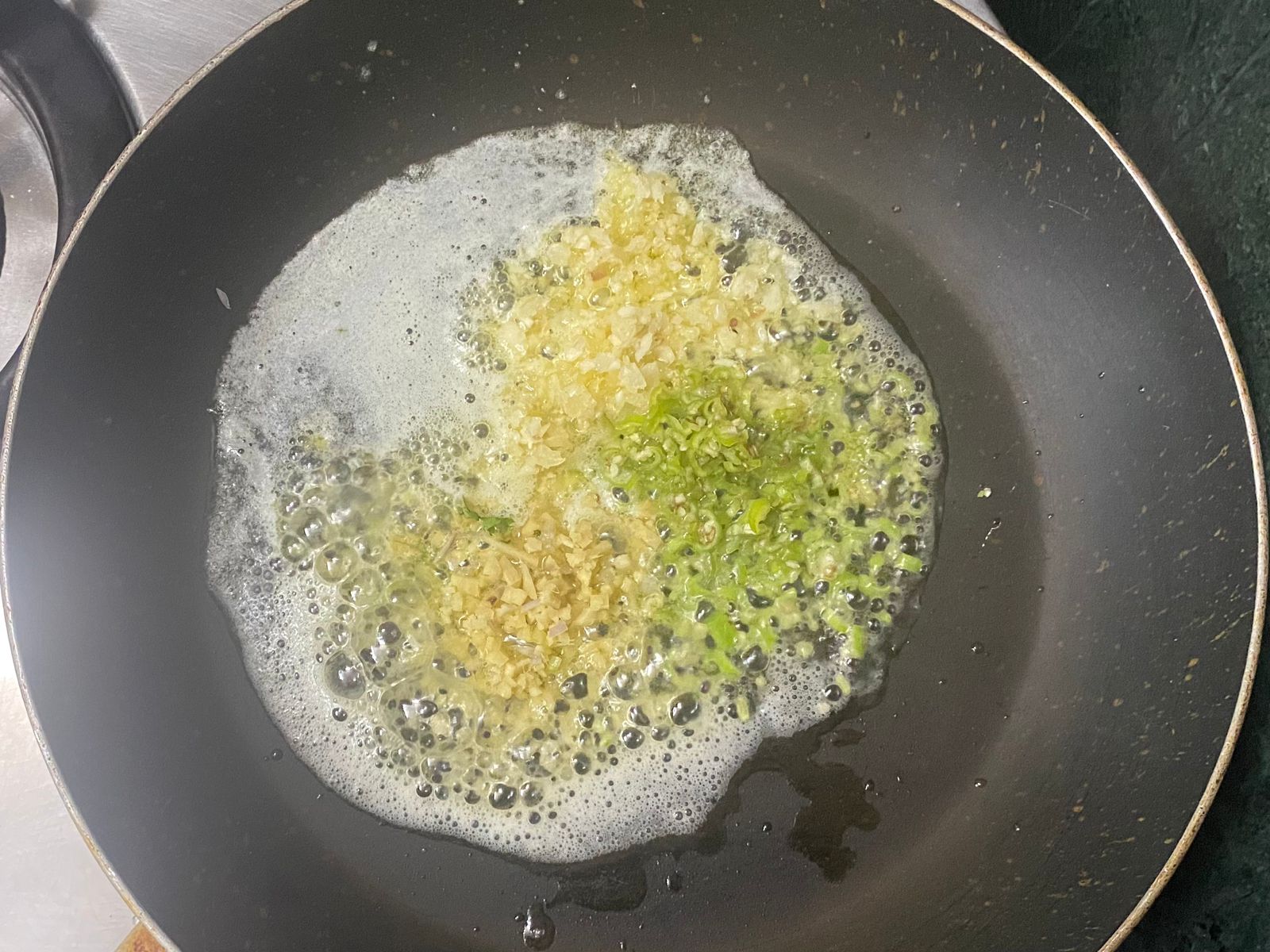
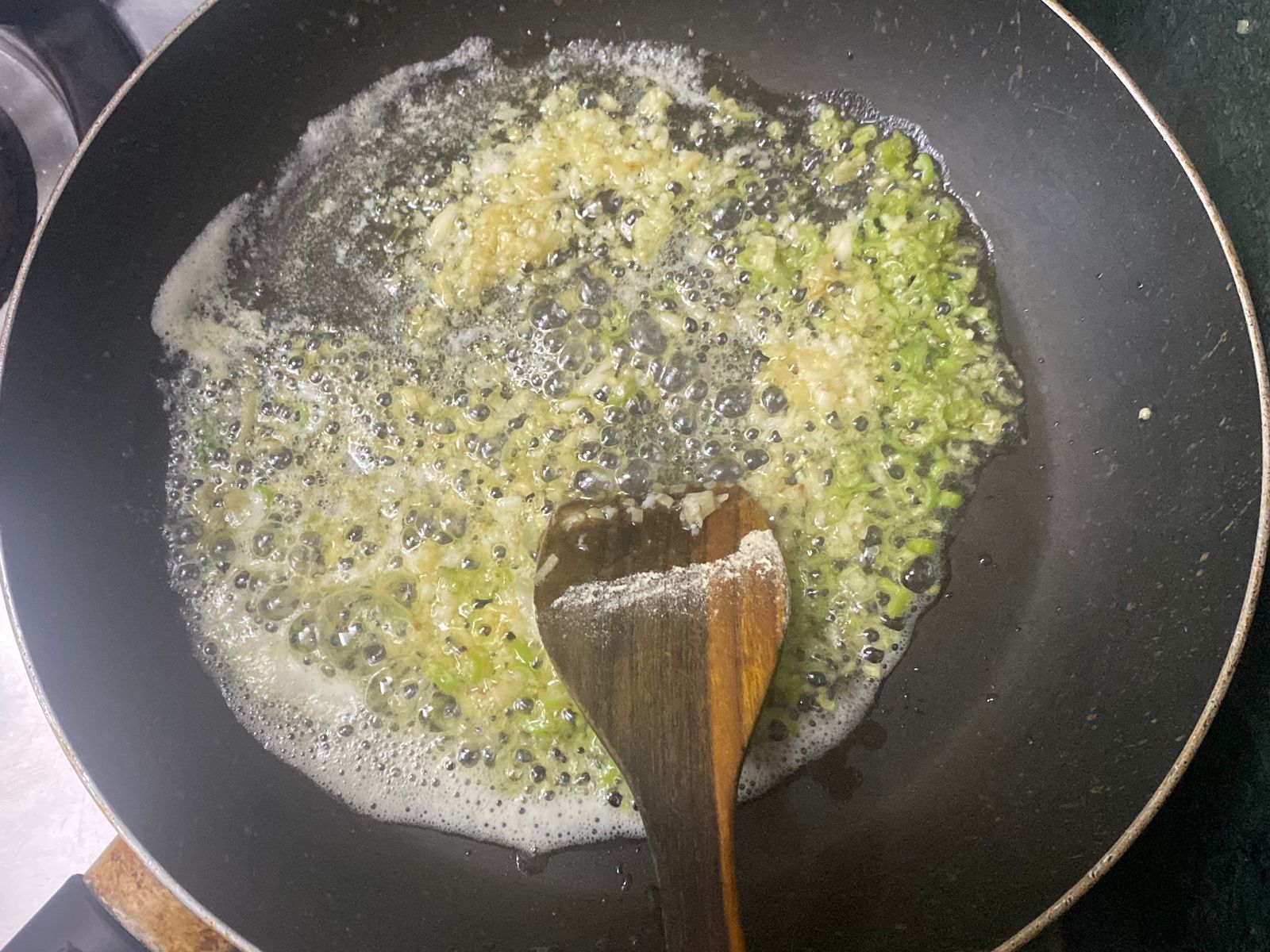
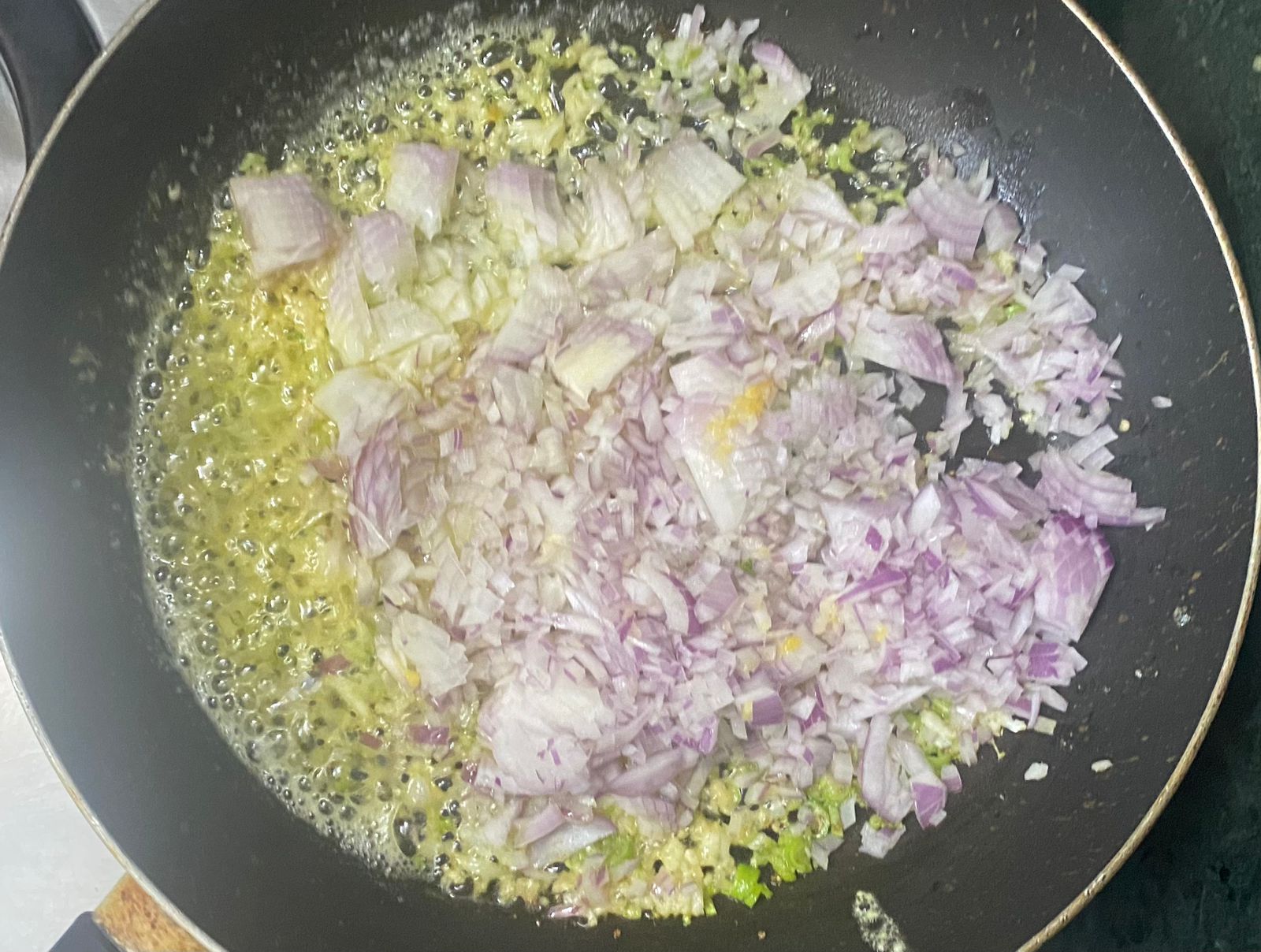
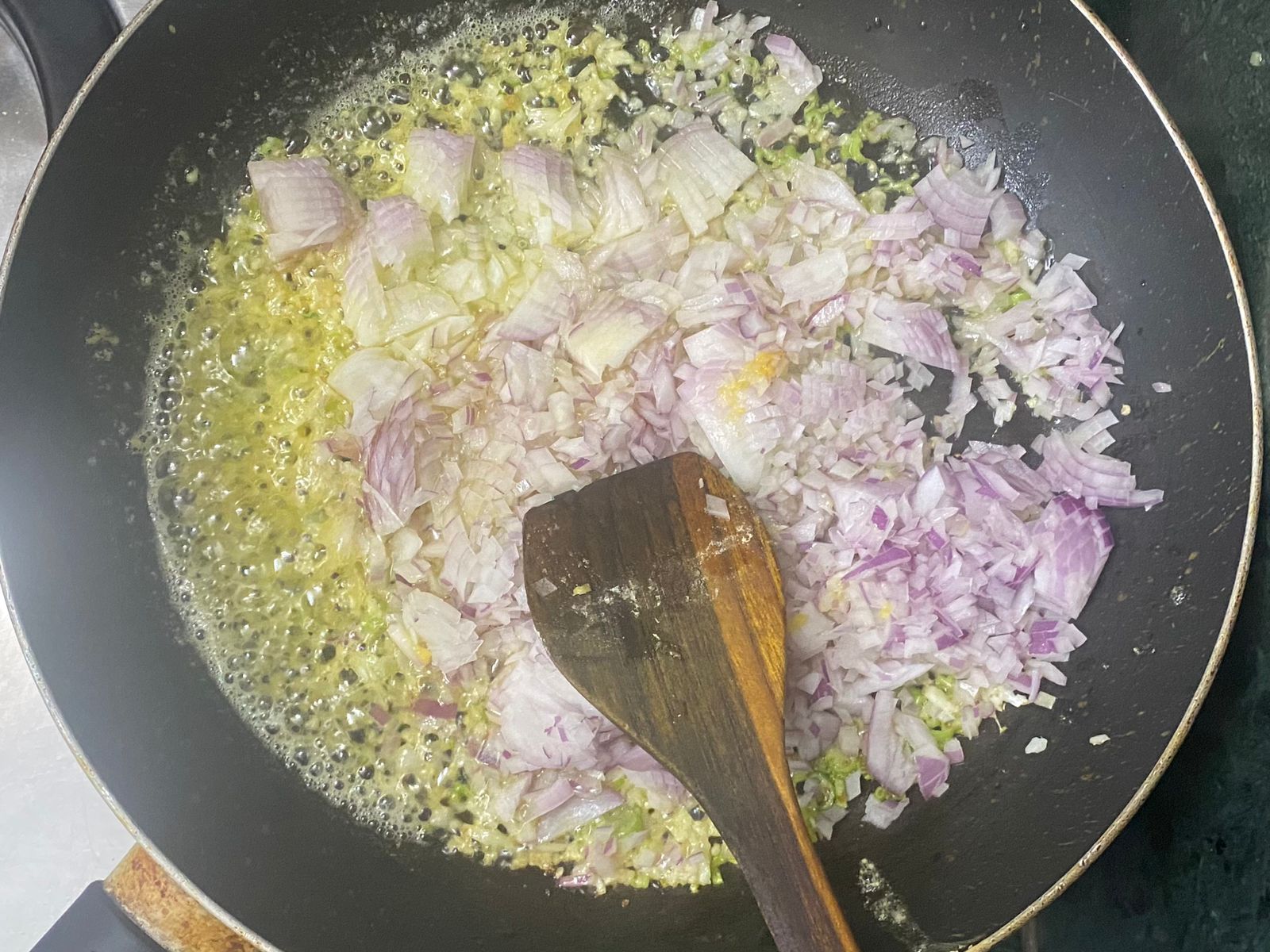
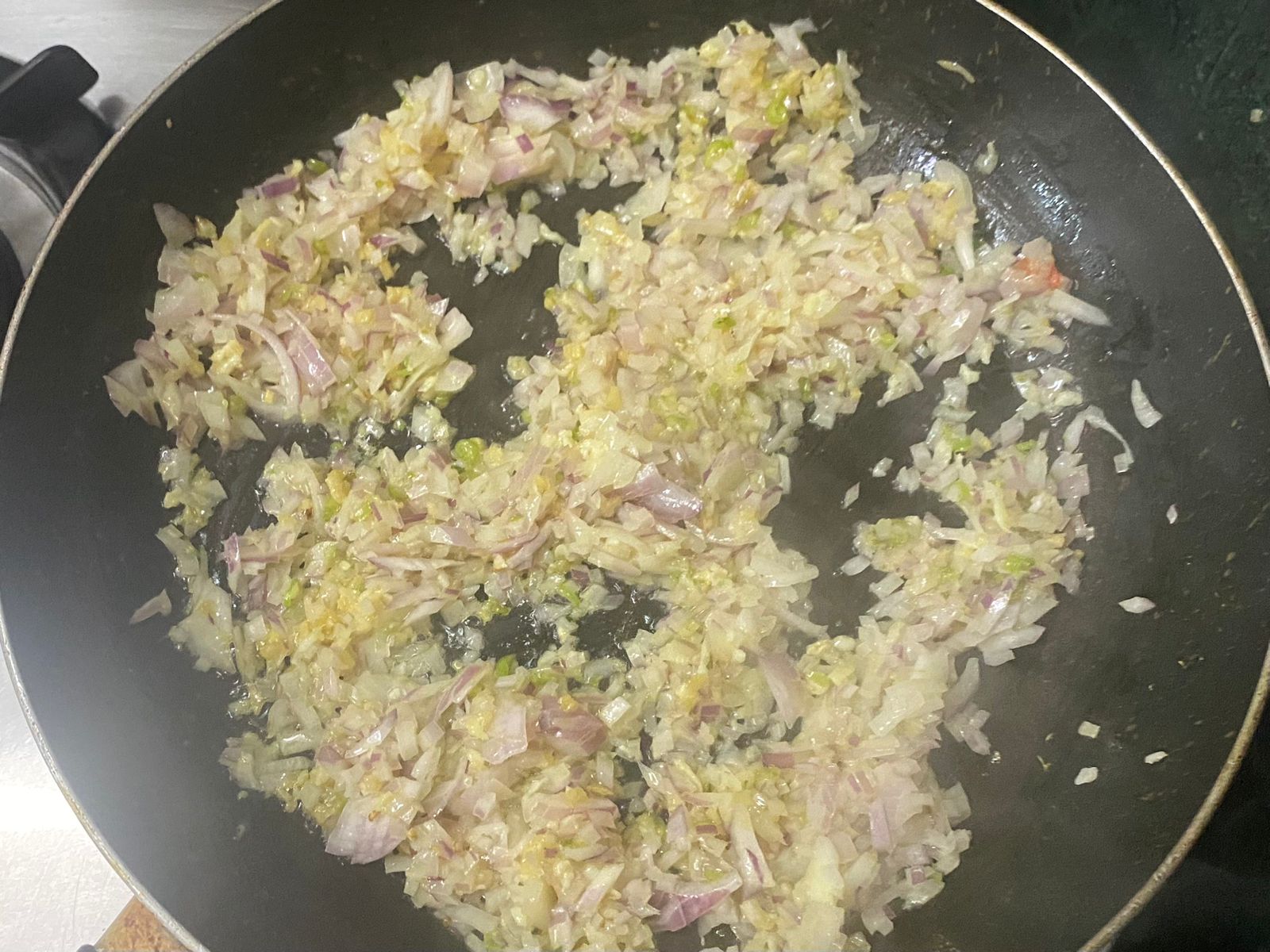
Heat butter and oil in a pan and add green chillies, ginger and garlic. Sauté on low heat for 1-2 minutes and then add the onions. Cook the onions on low heat for 4-5 minutes or until the onions turn translucent.
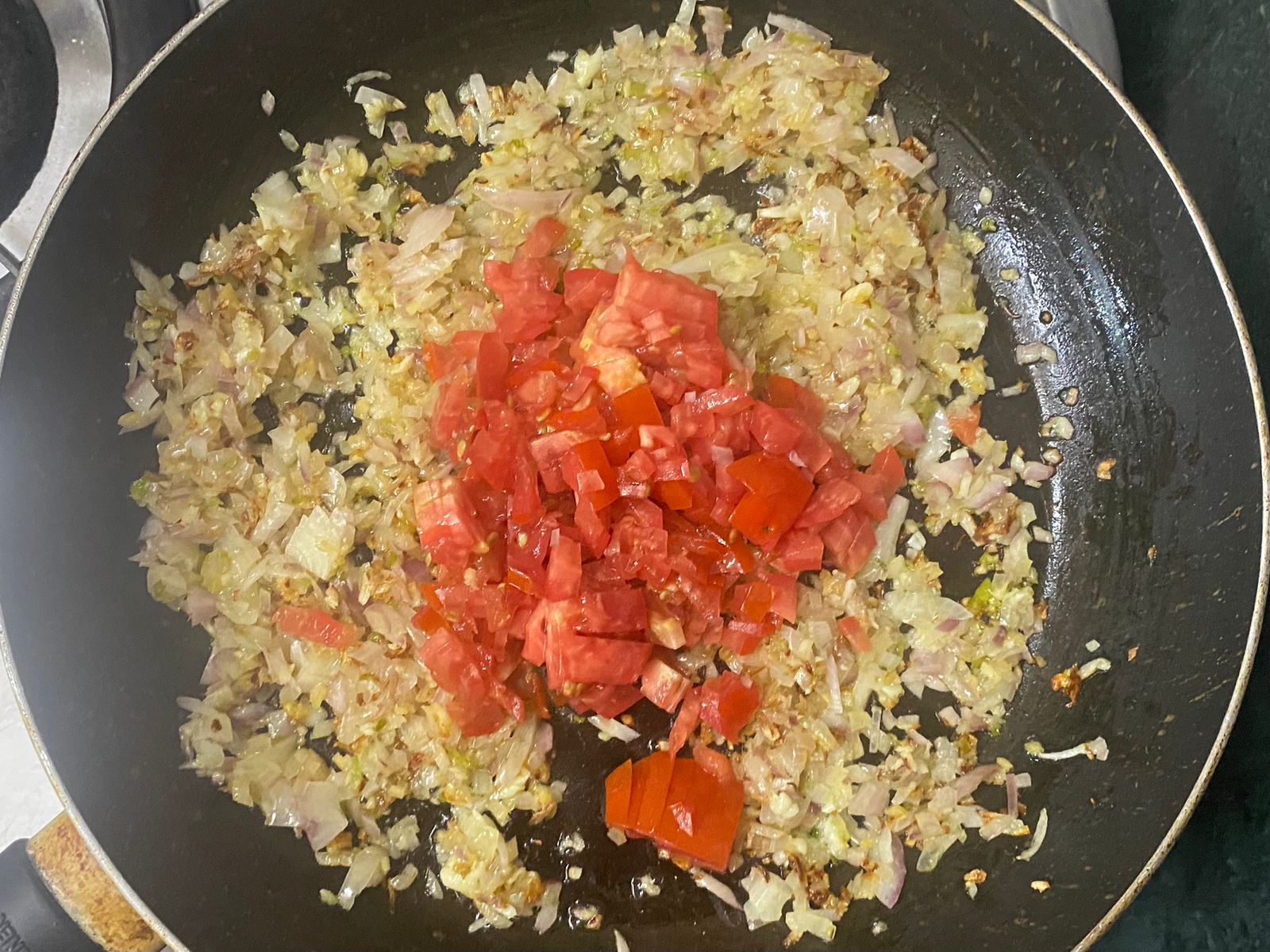
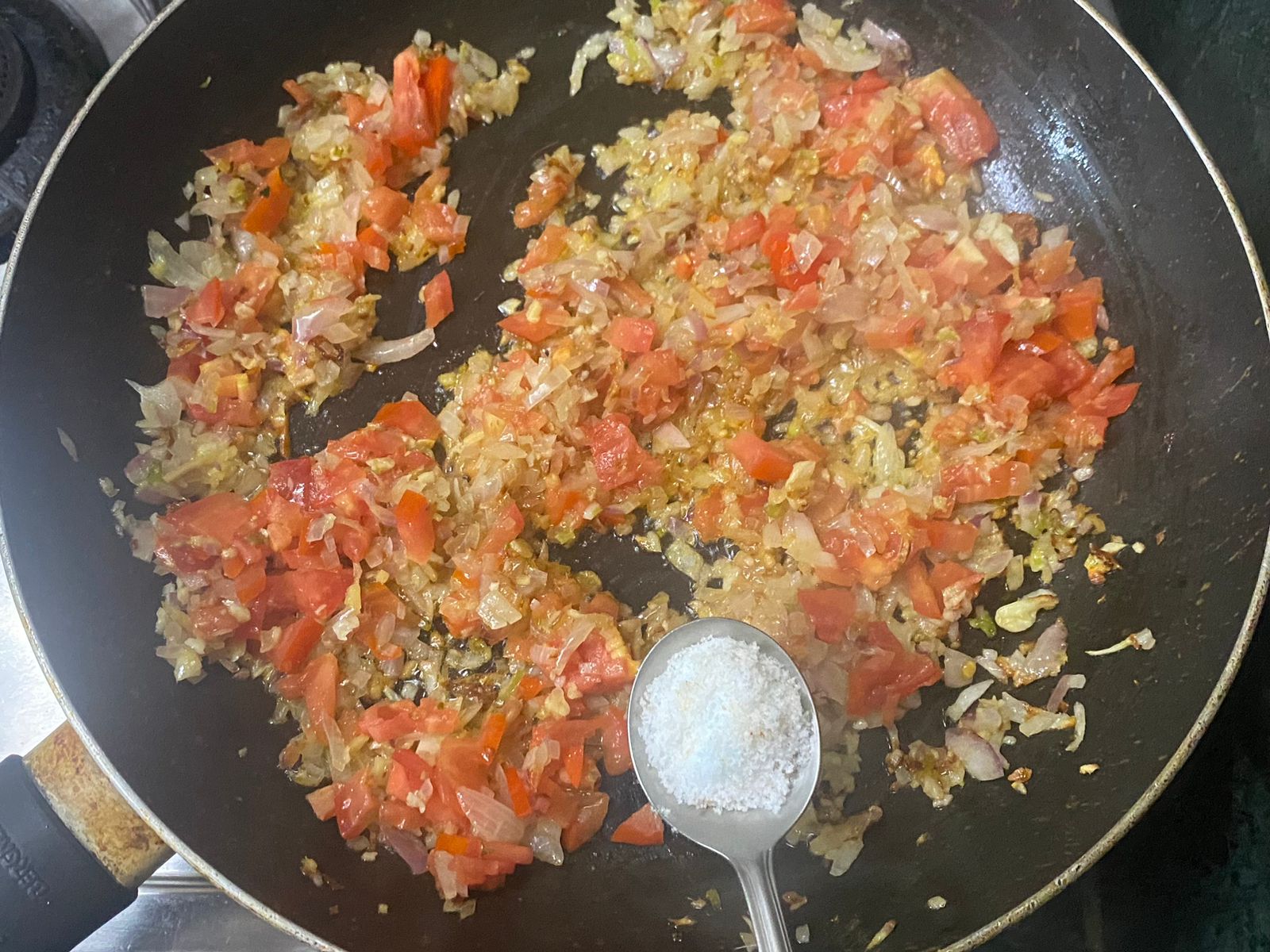
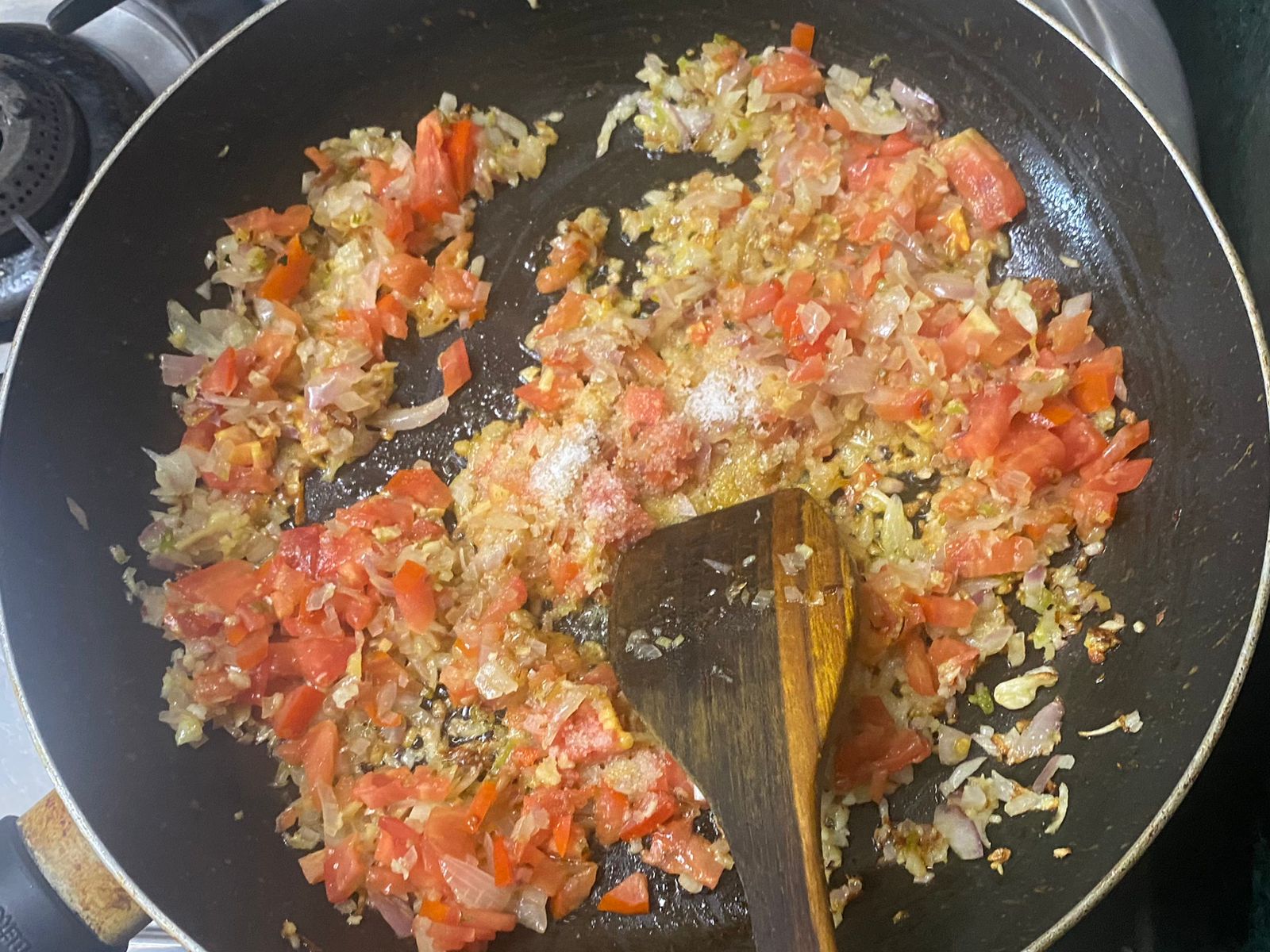
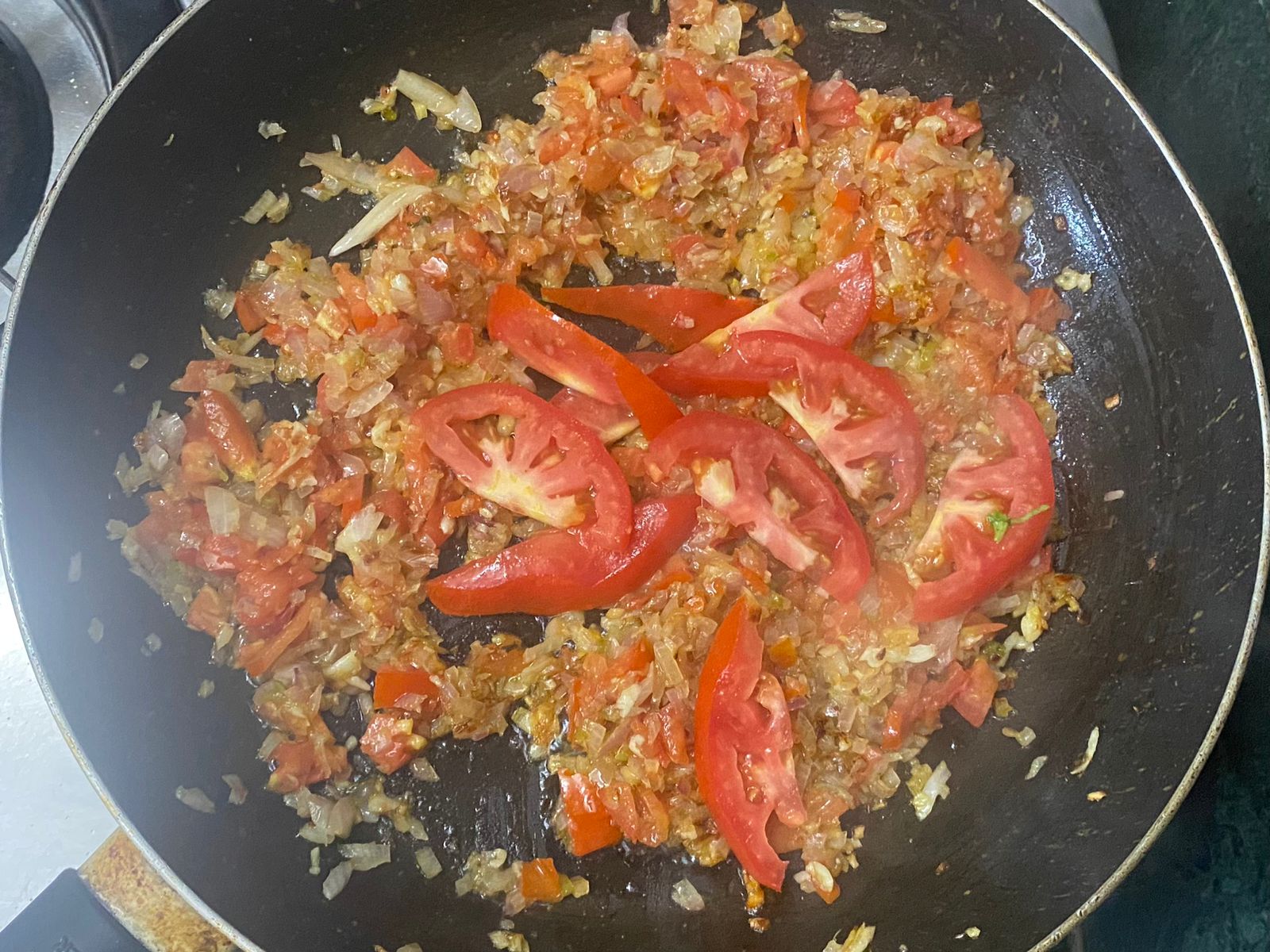
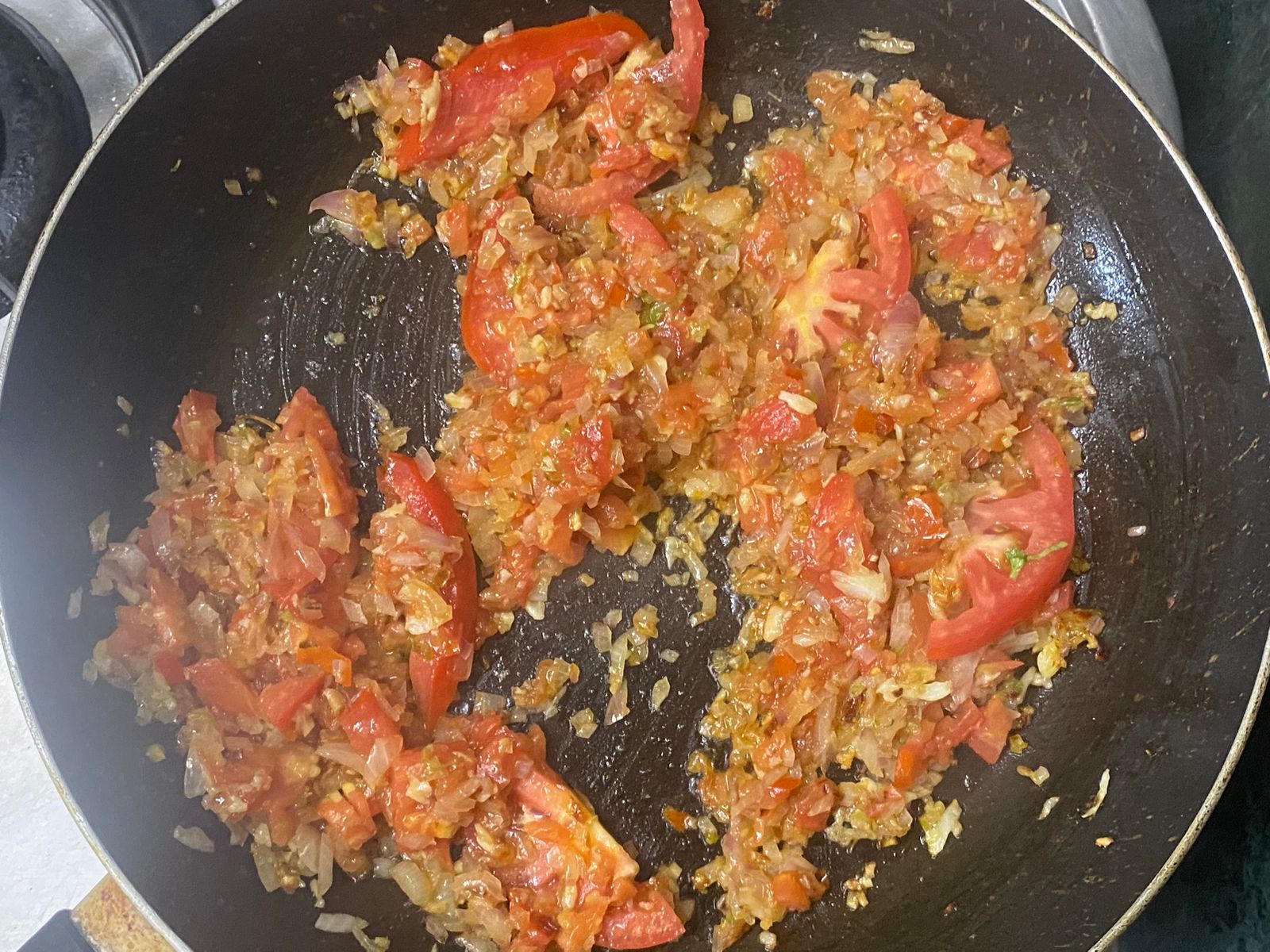
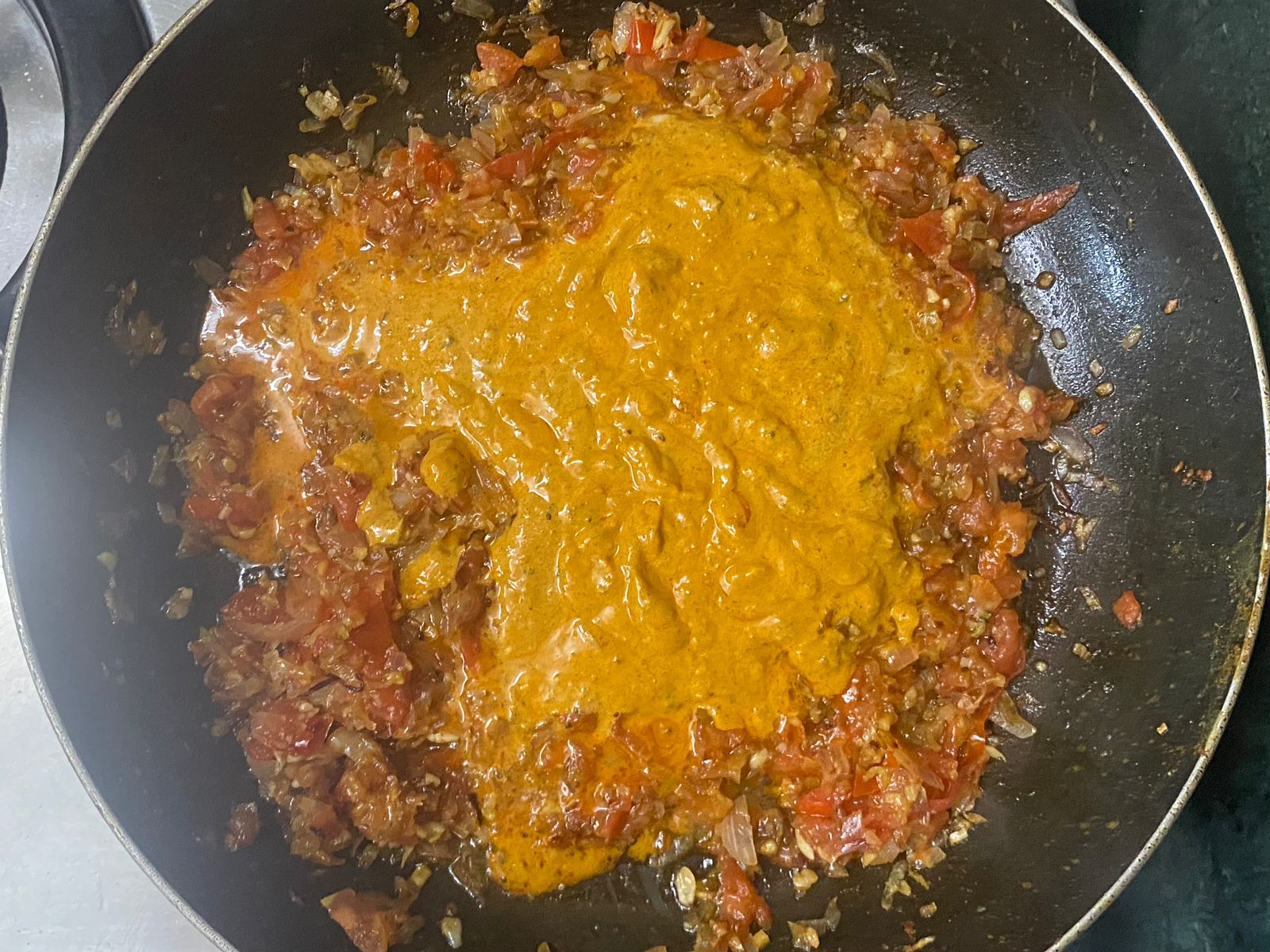
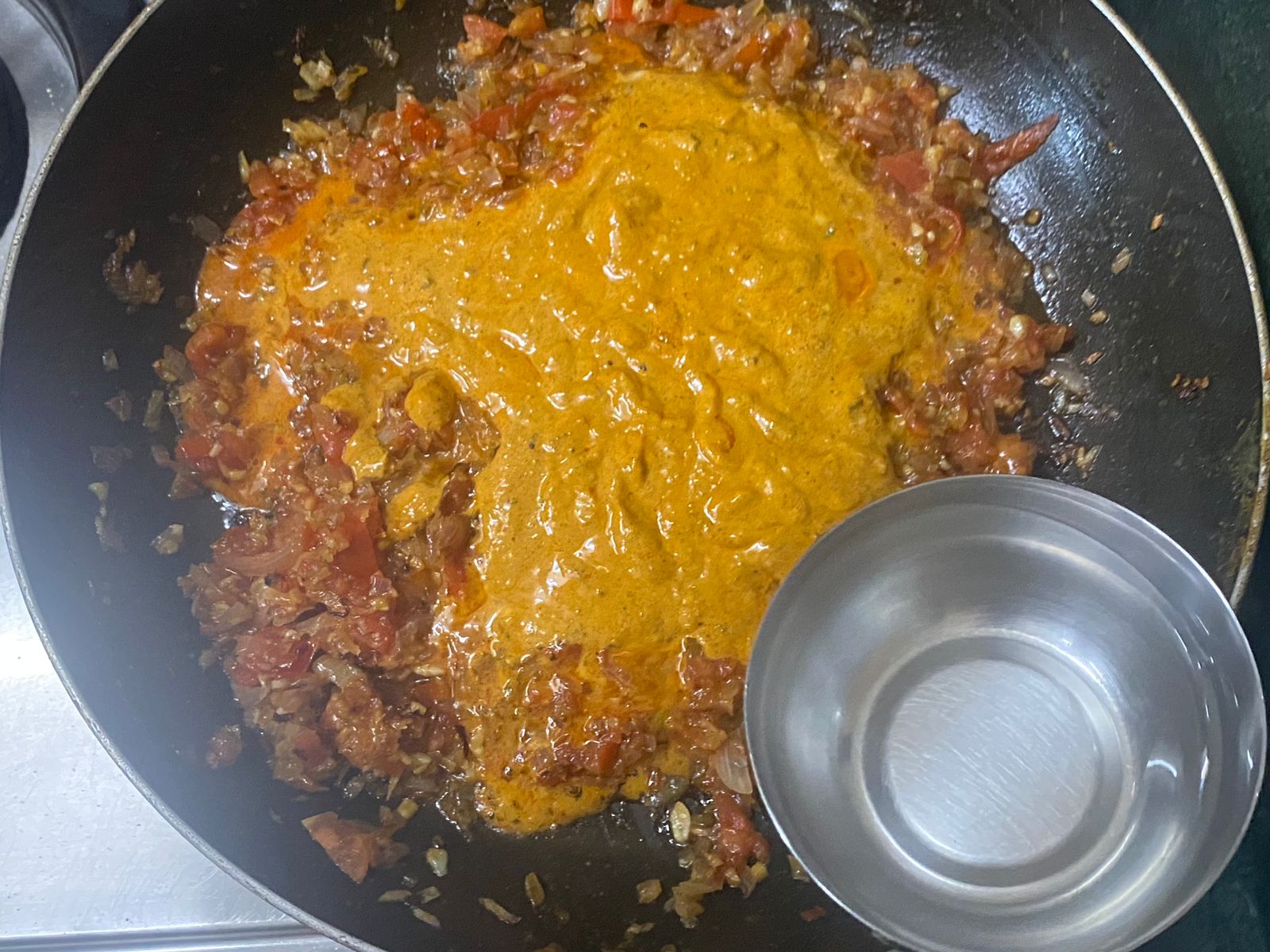
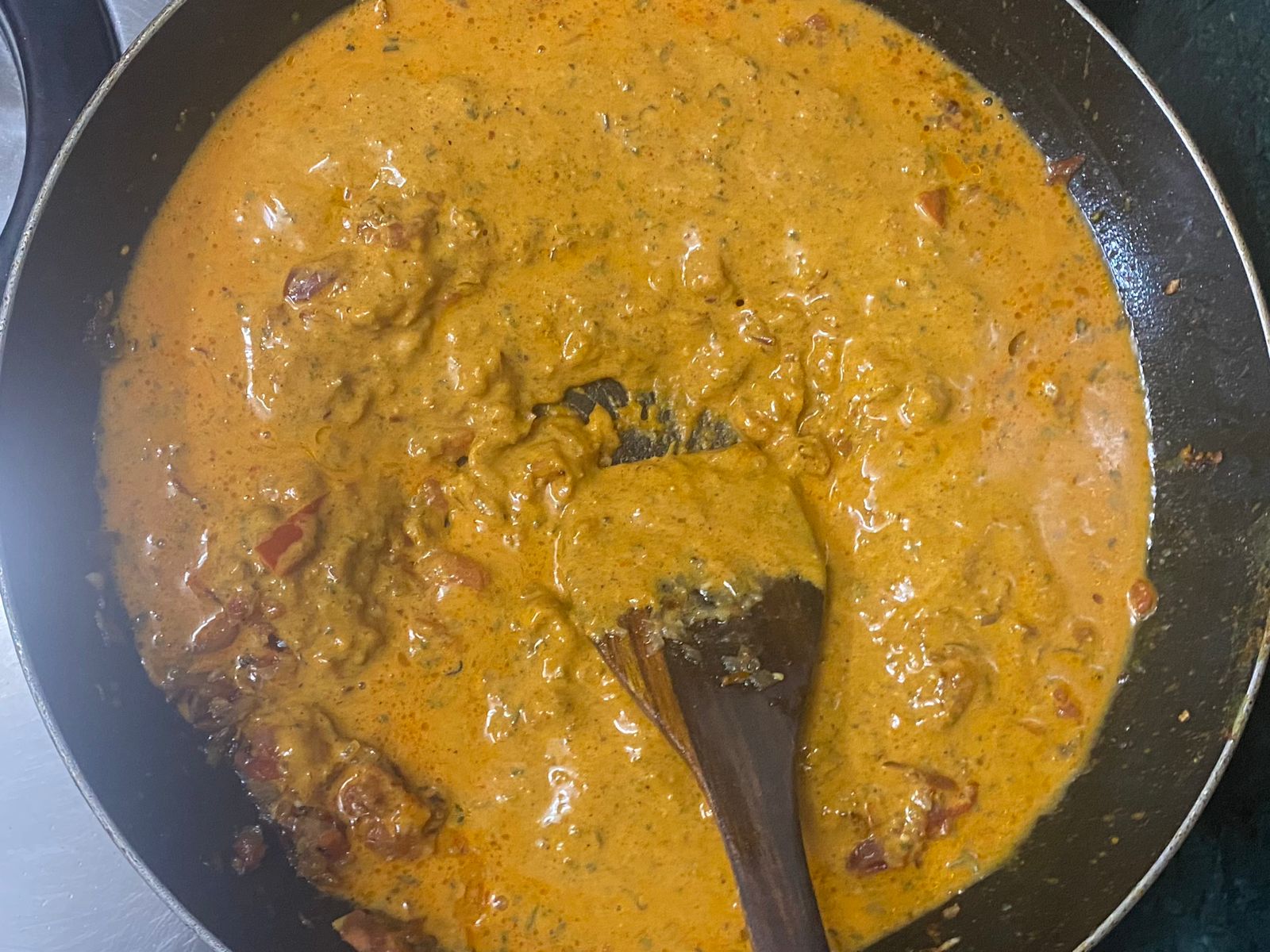
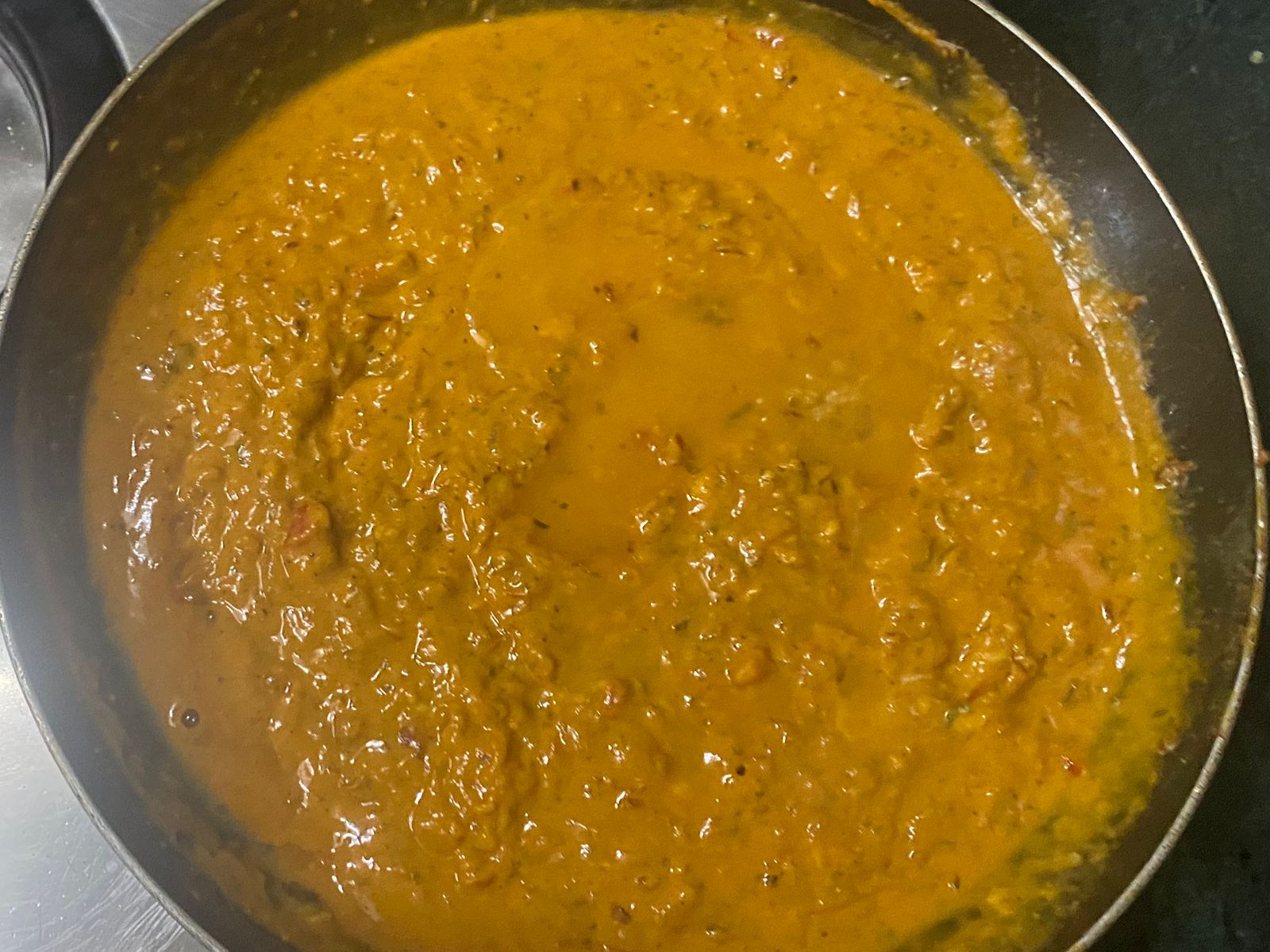
Next add tomatoes and salt. Cook on medium to low heat for 4- 5 minutes or until the tomatoes are soft and mushy.
Add the sliced tomatoes and slightly soften them by cooking for 1-2 minutes.
Next, add gram flour paste and ½ cup of water and cover and cook on low heat for around 5 minutes.
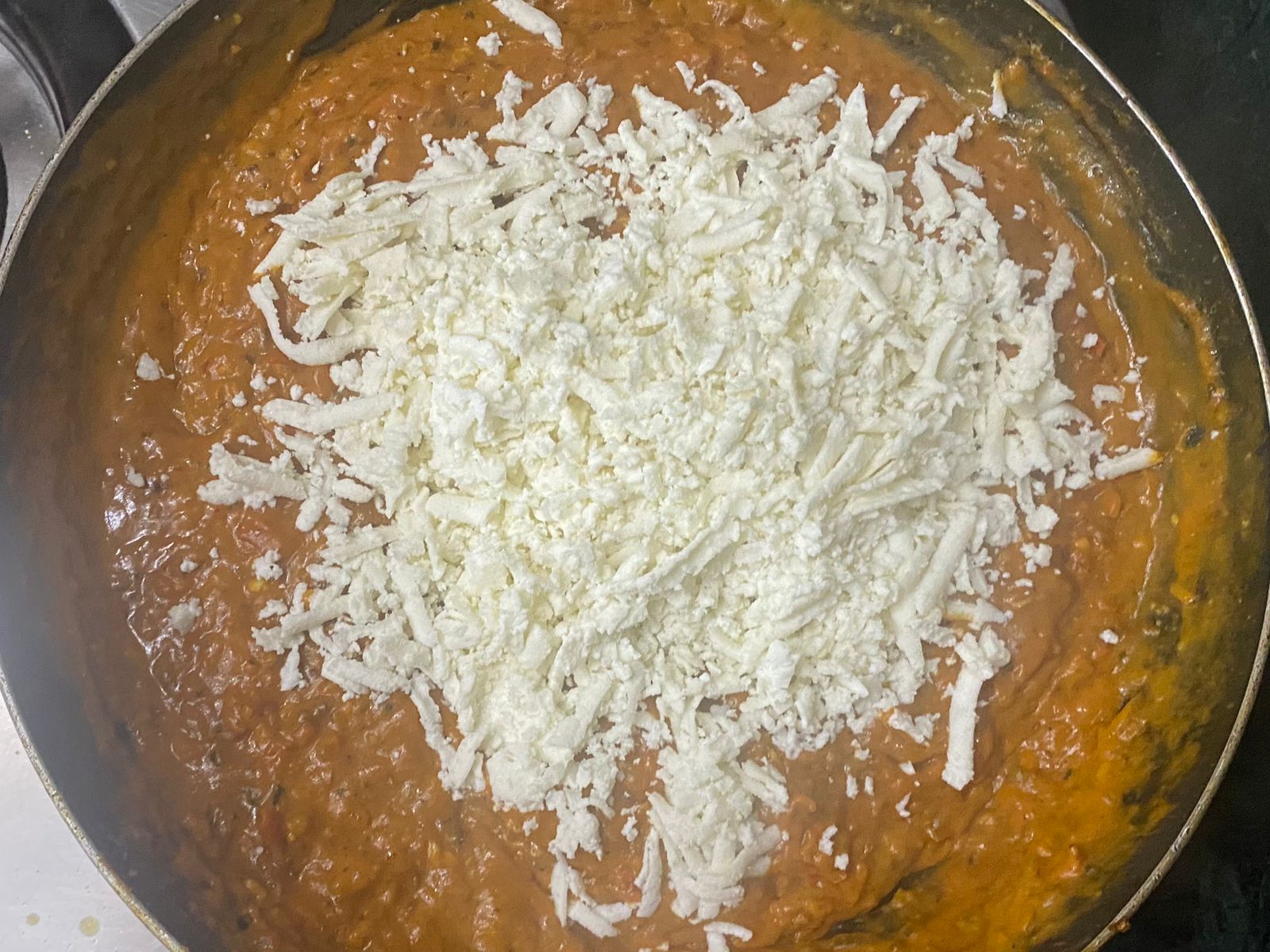
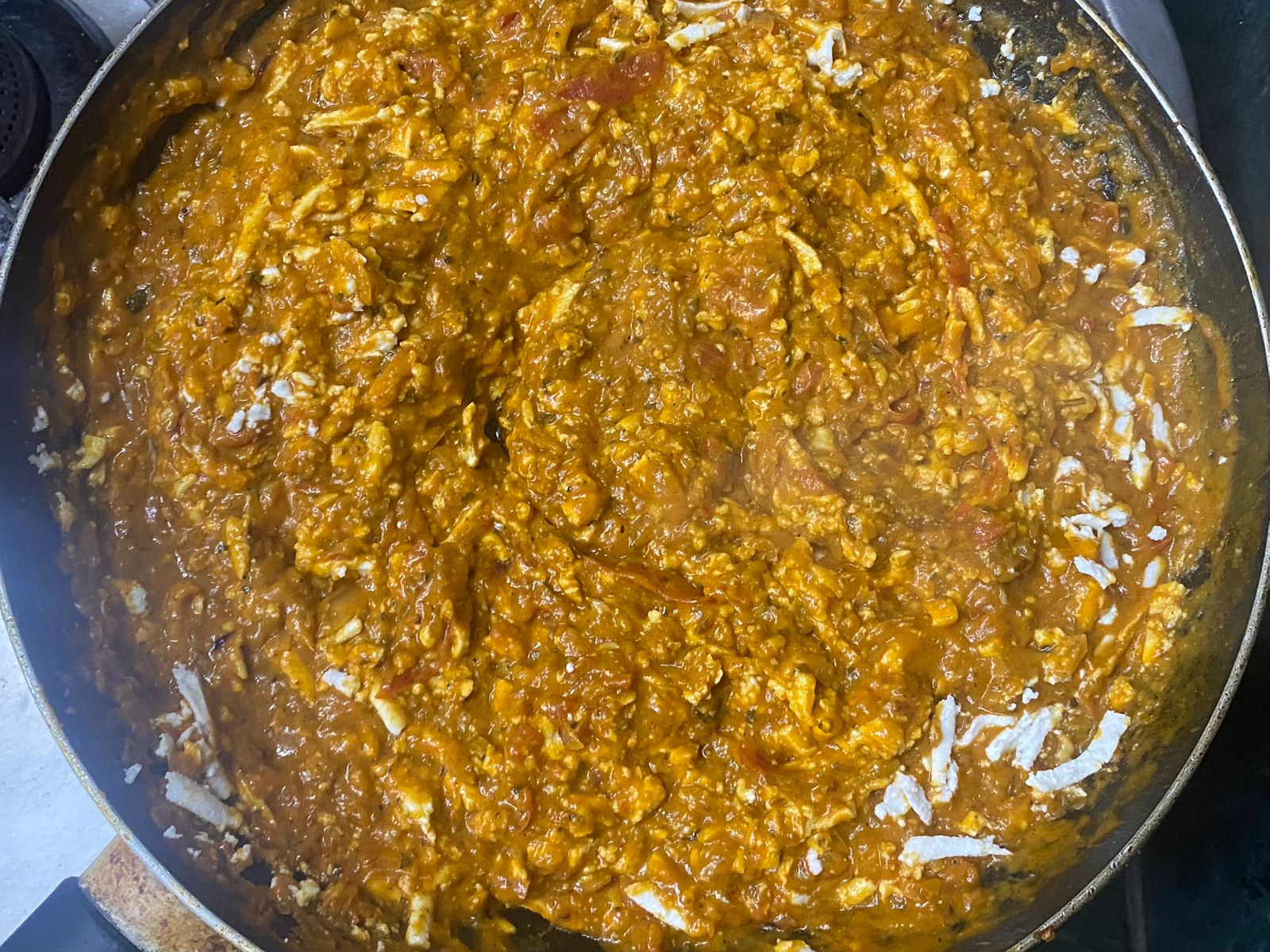
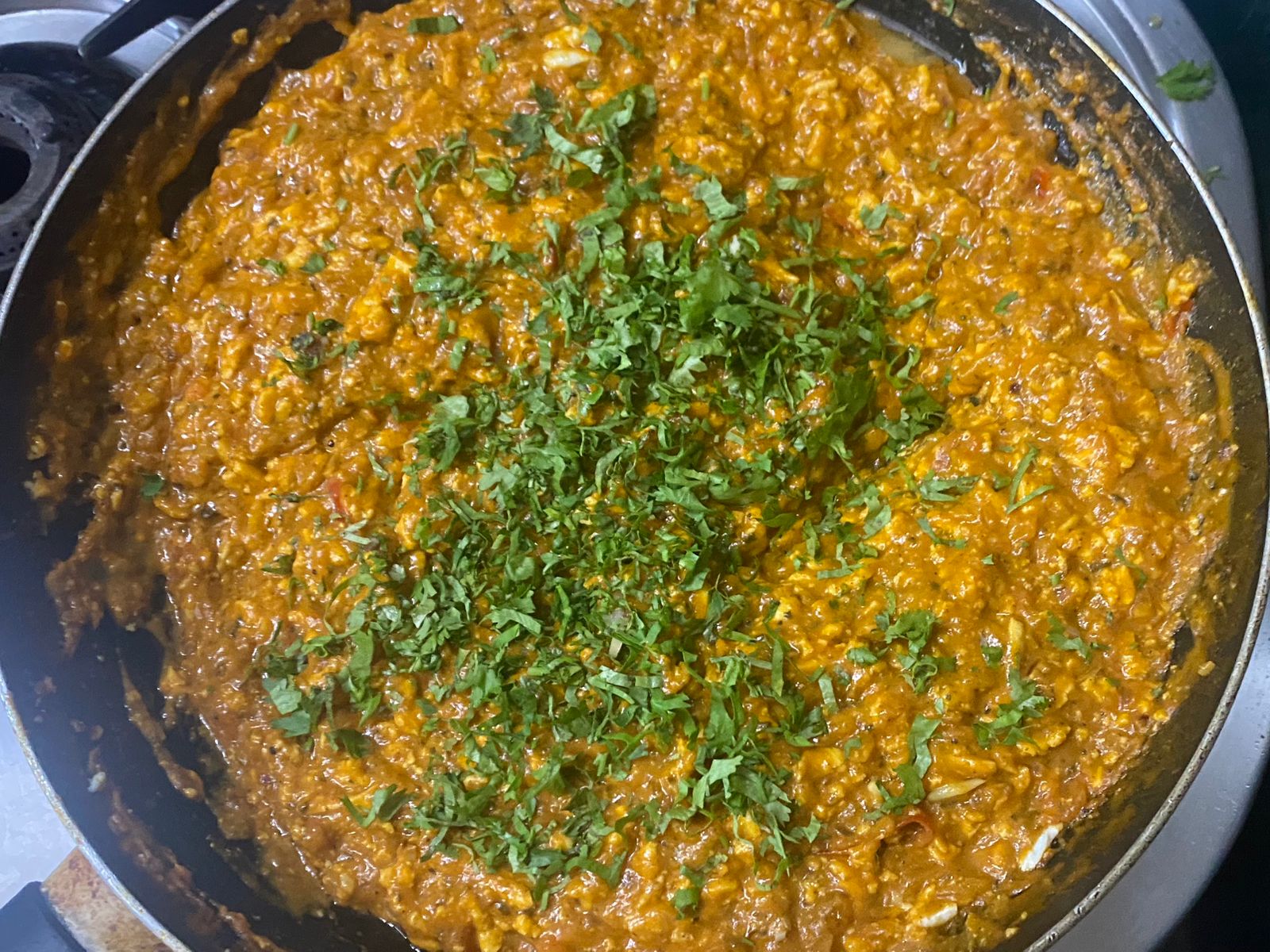
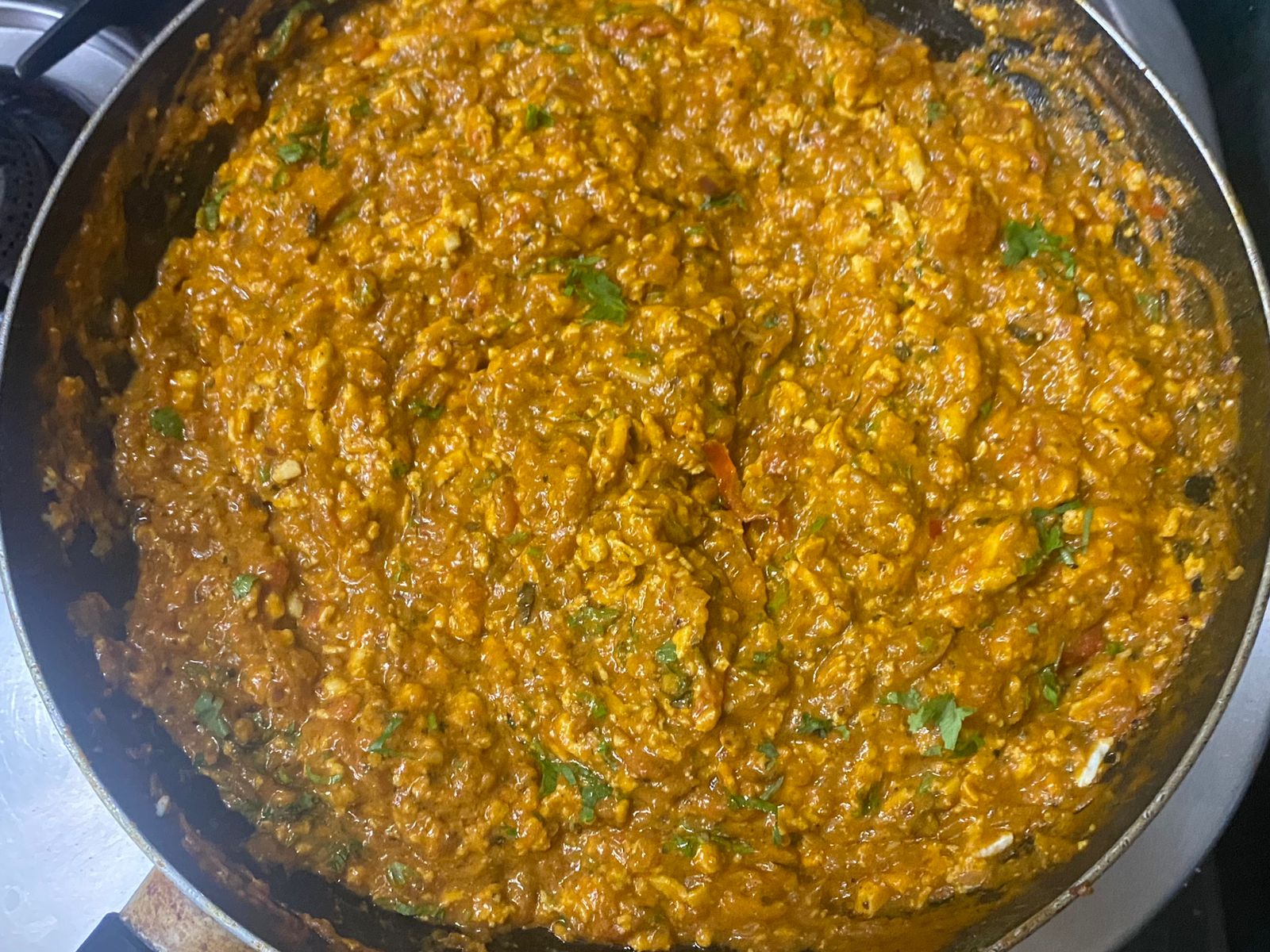
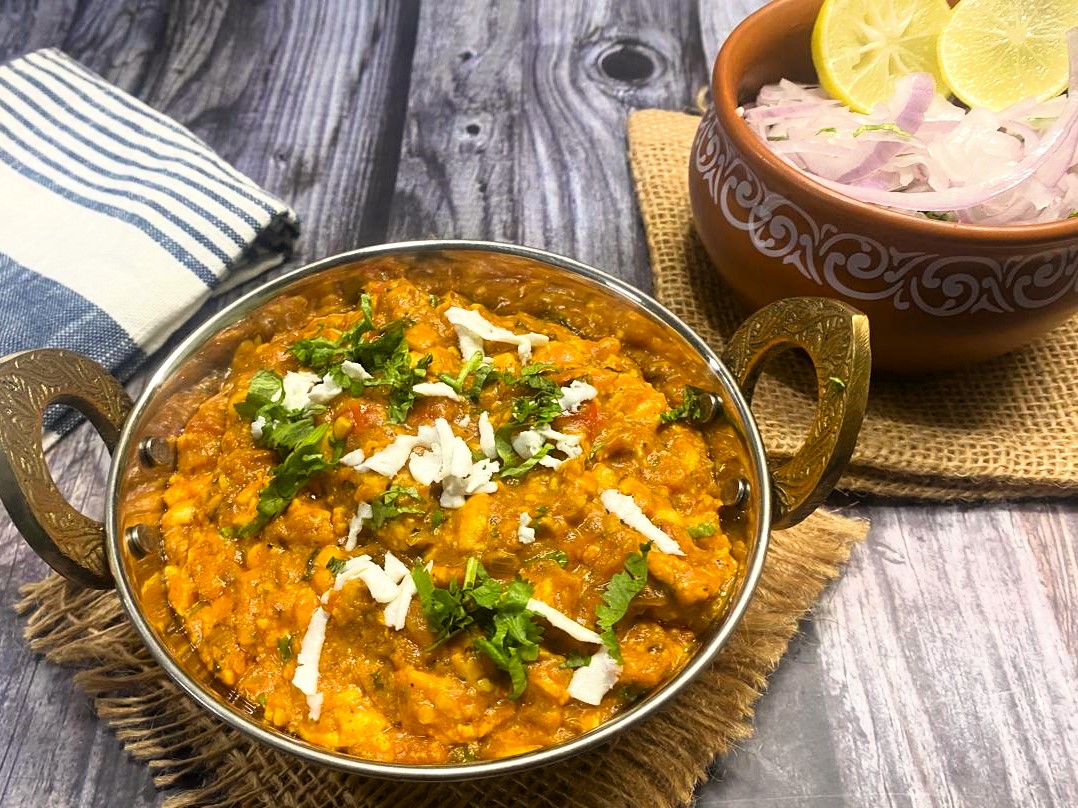
Finally add the grated paneer and coriander leaves and cook for 1-2 minutes on medium heat.
Enjoy it with sliced bread or any Indian Bread.


